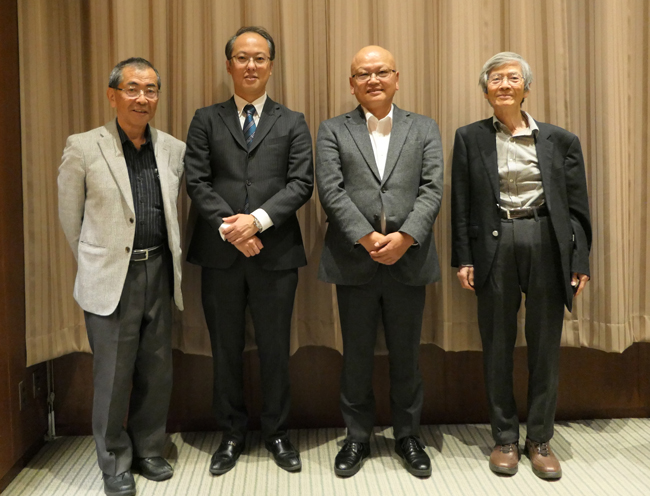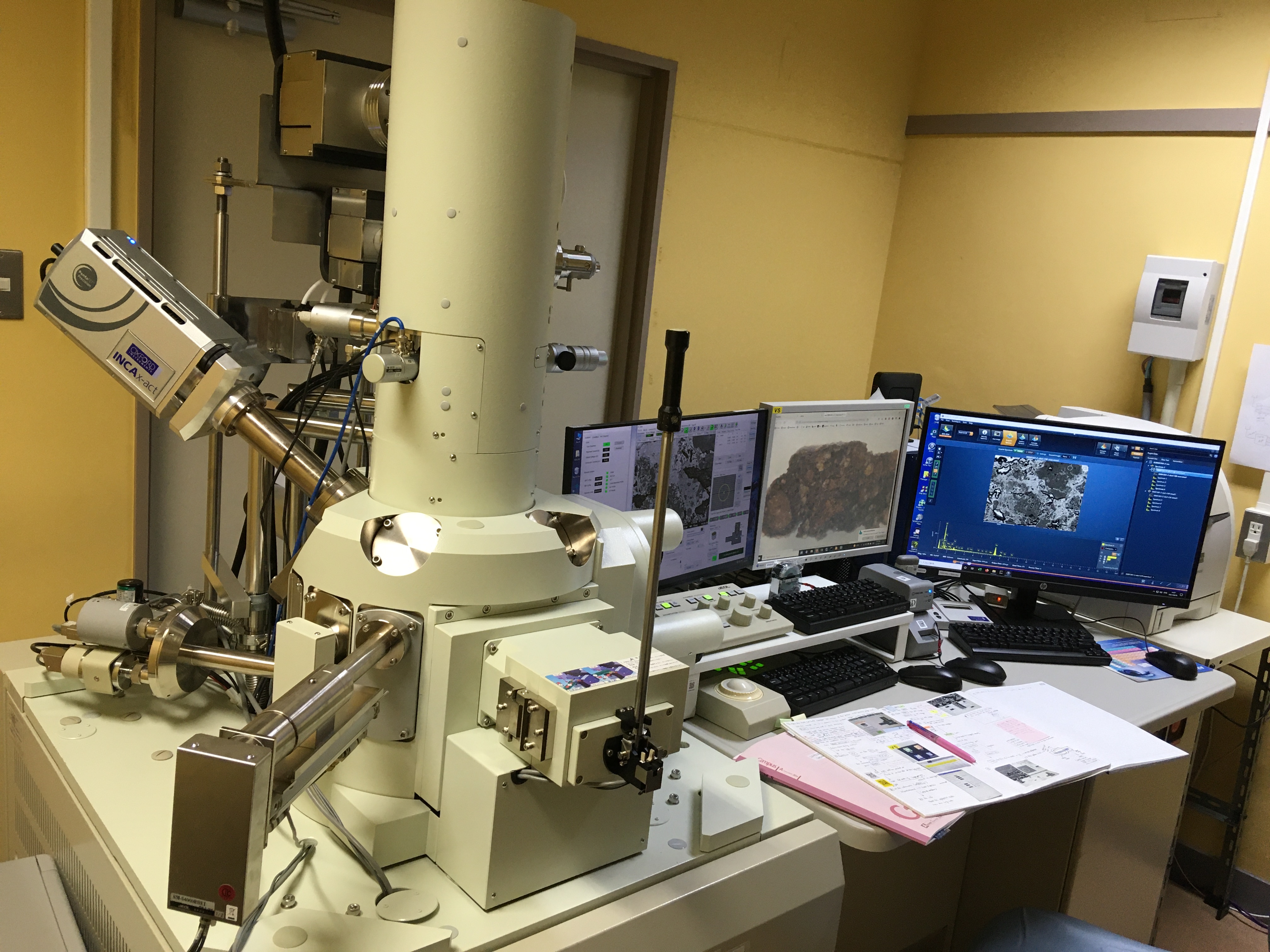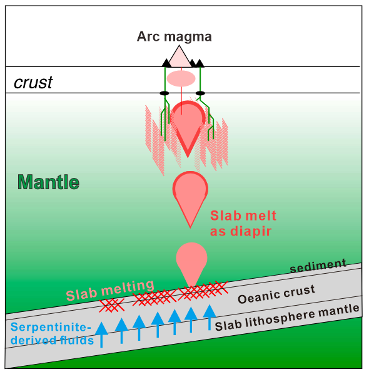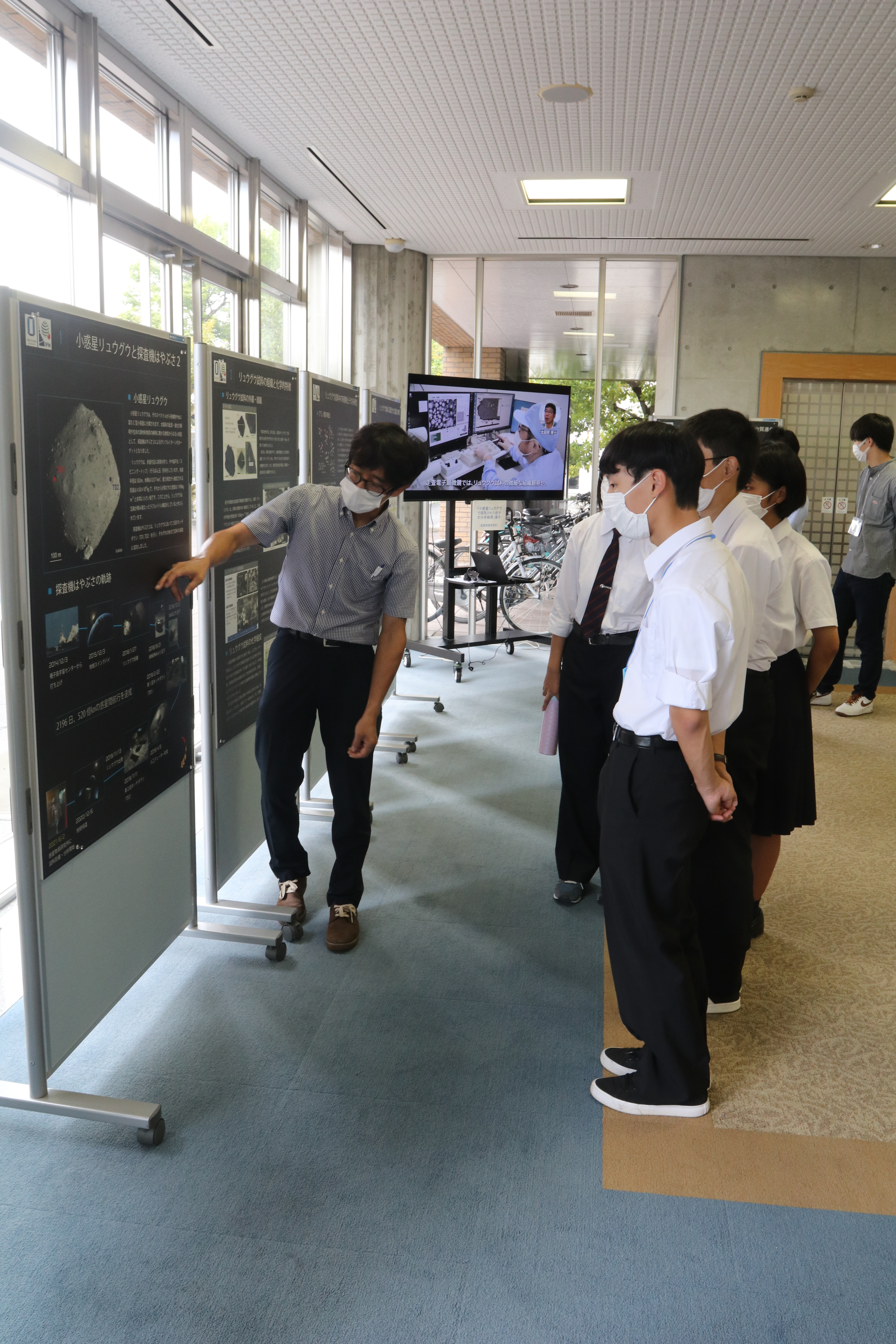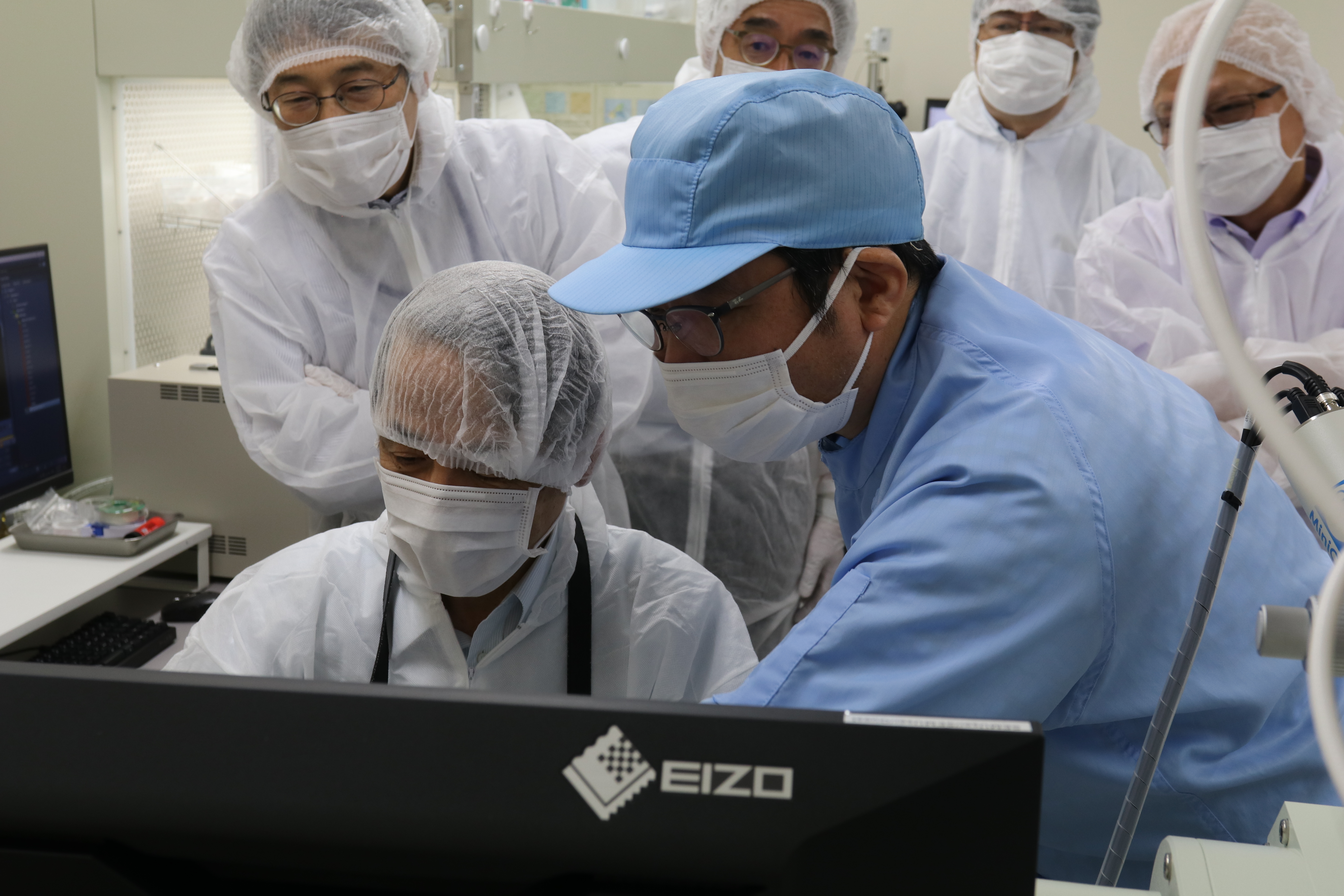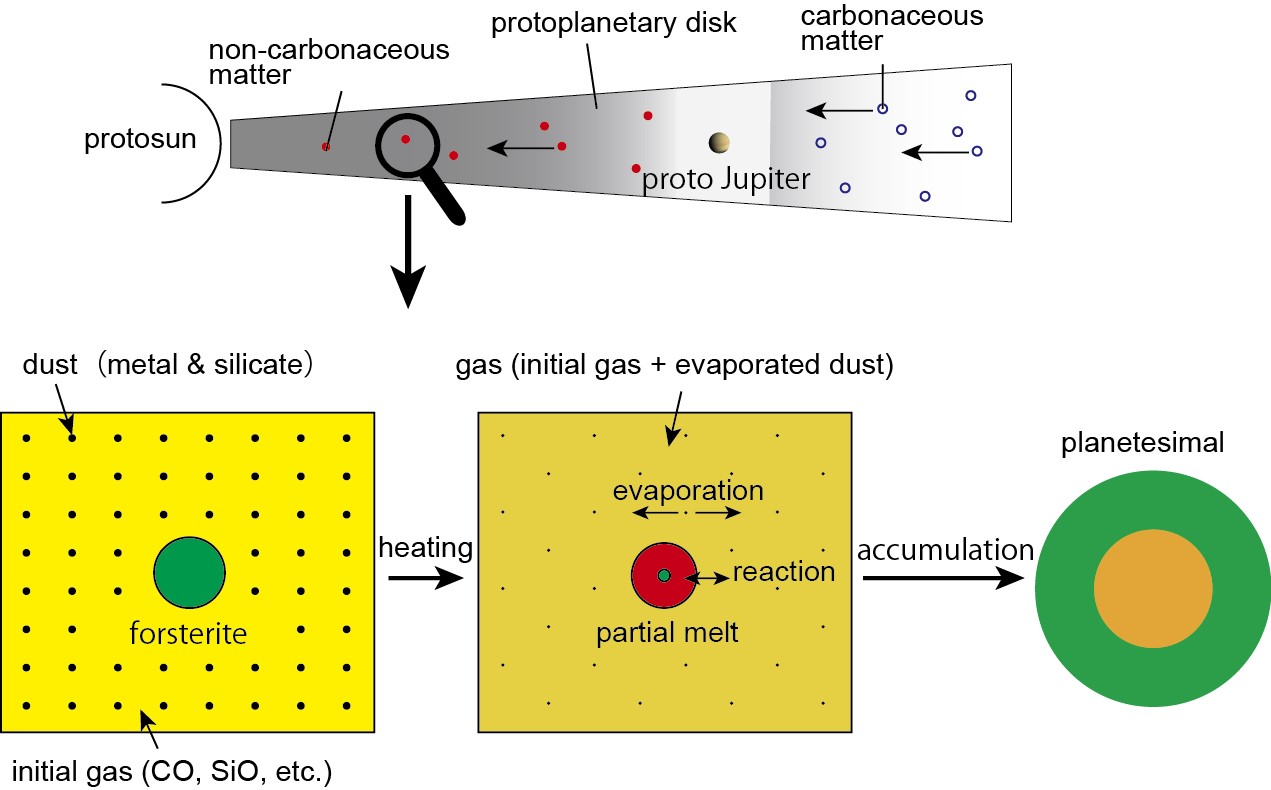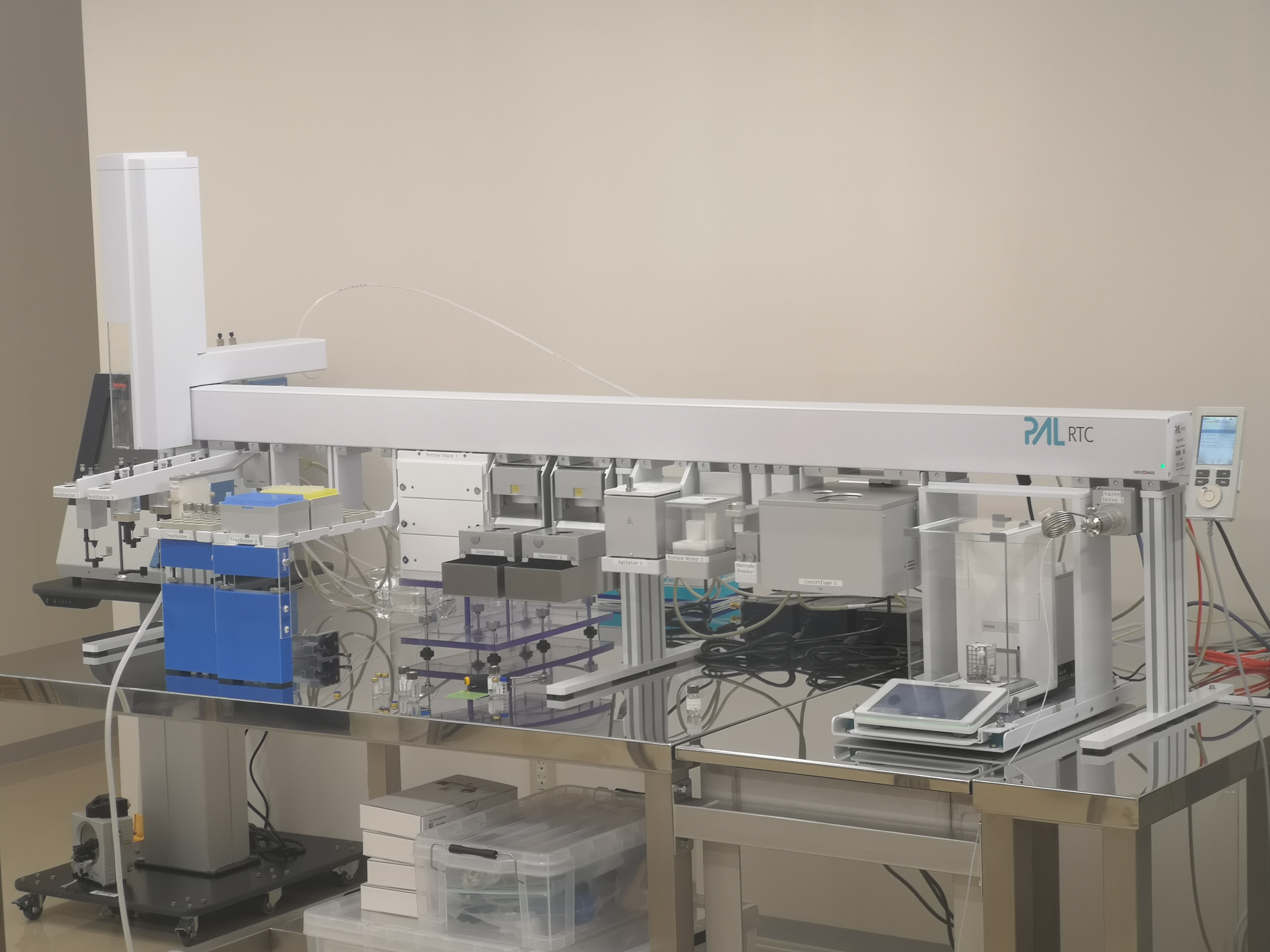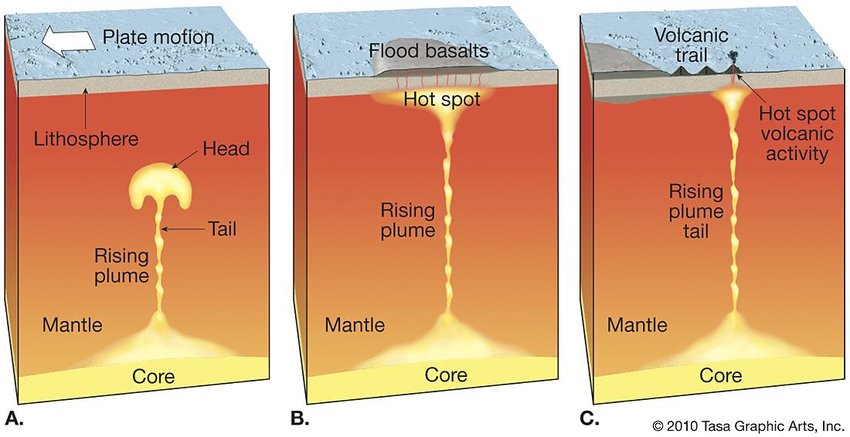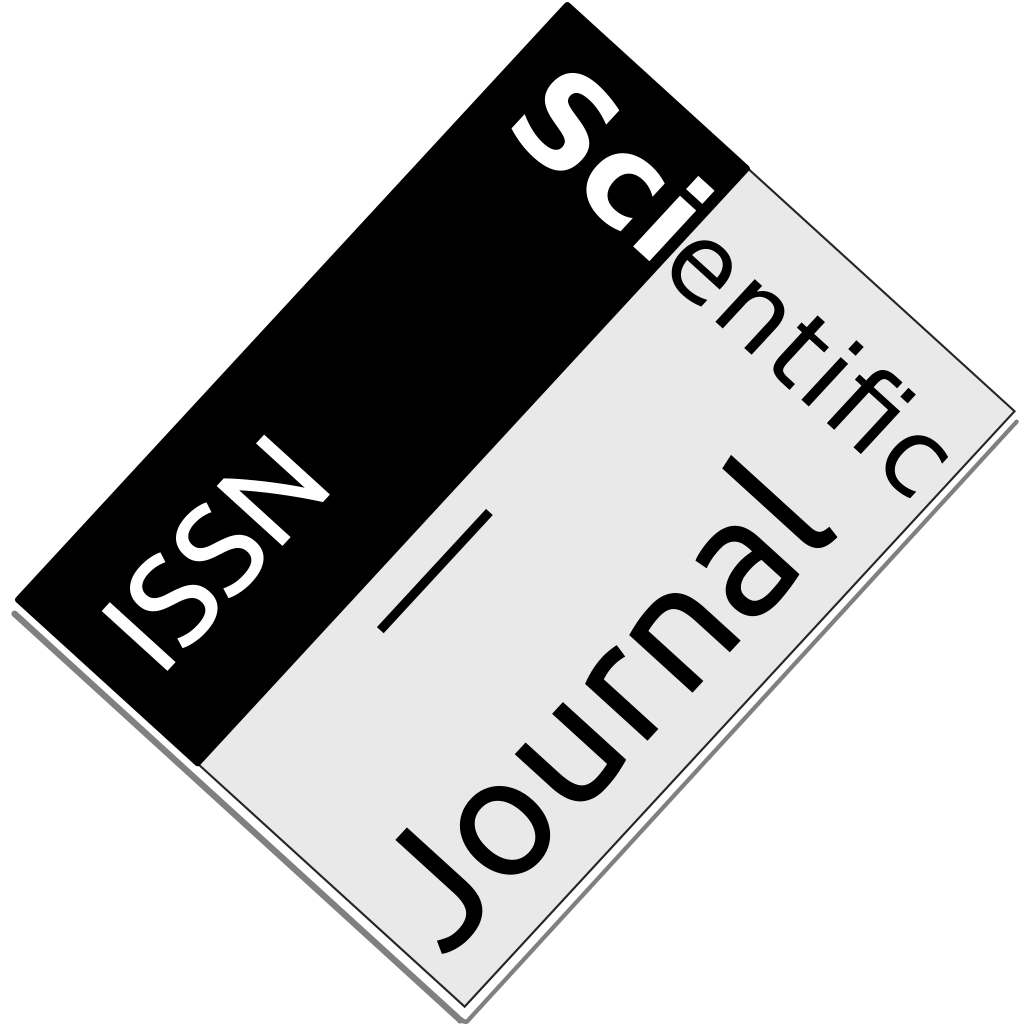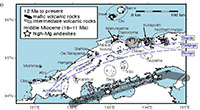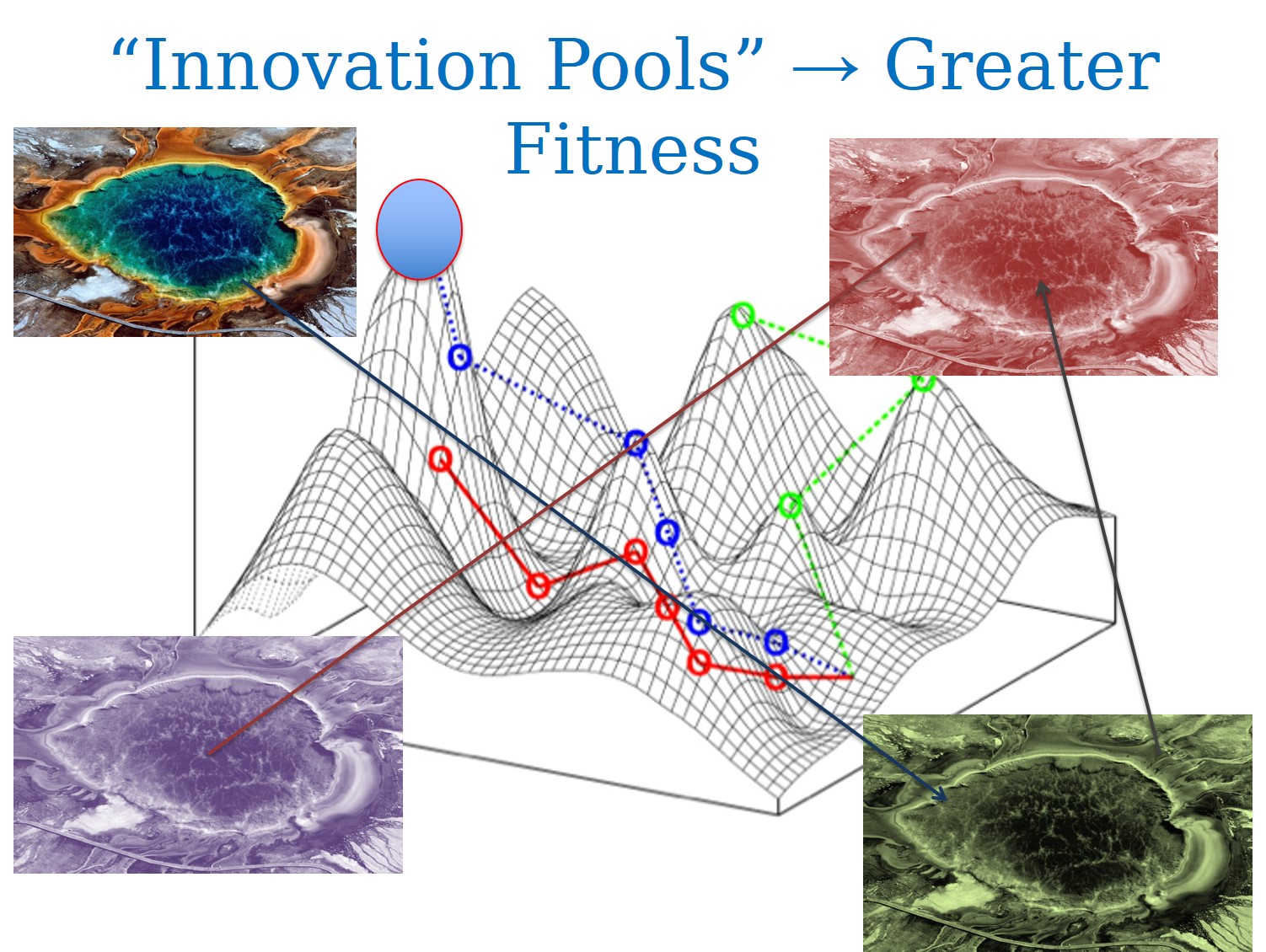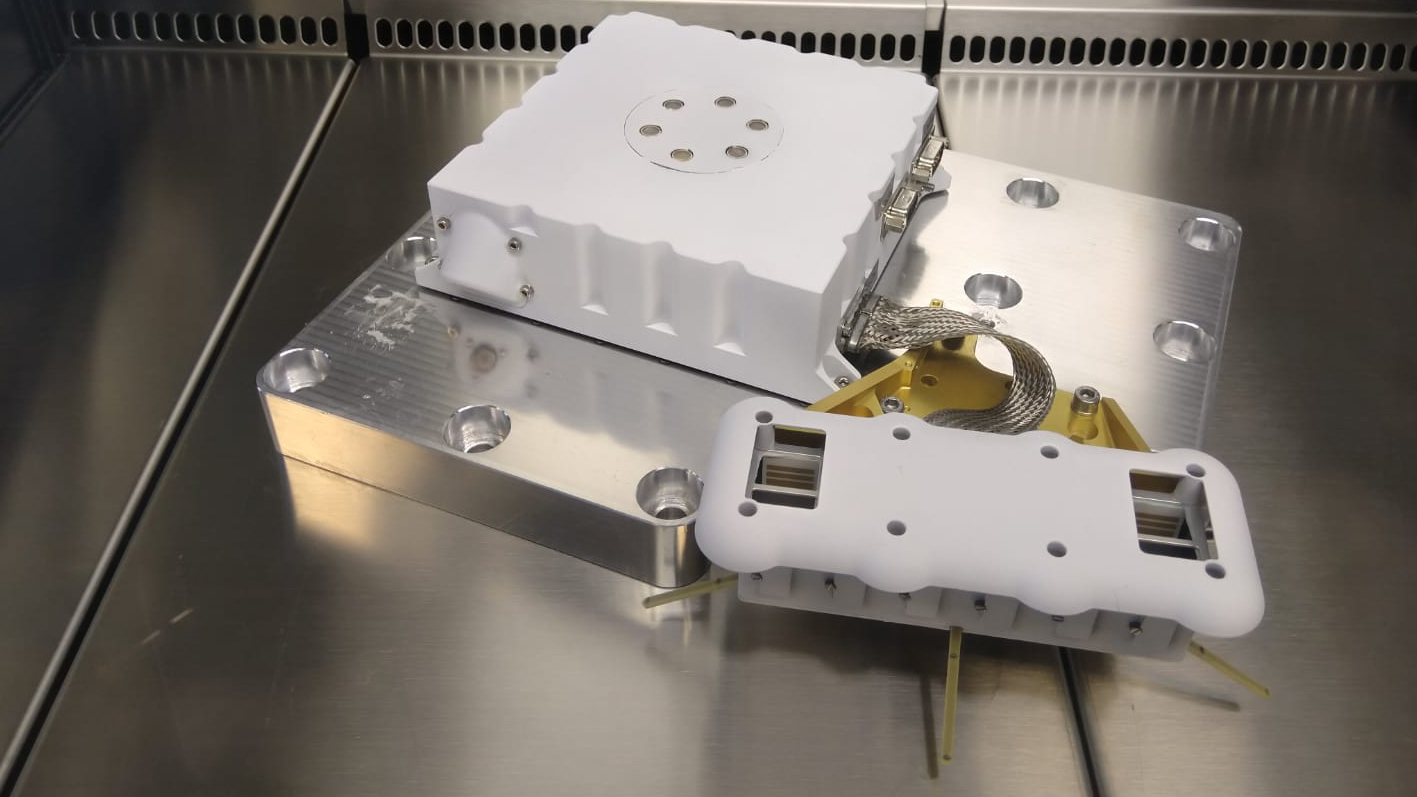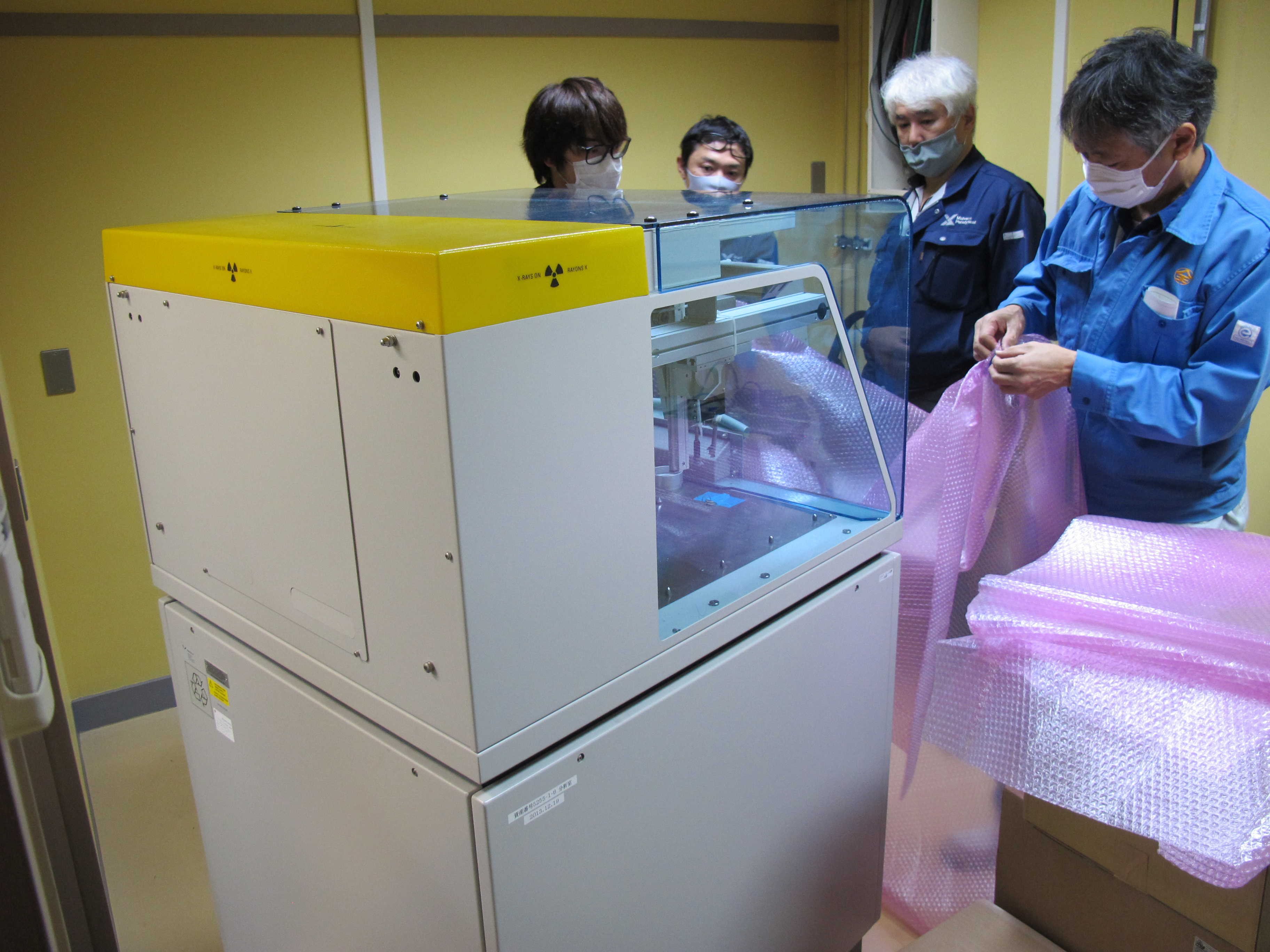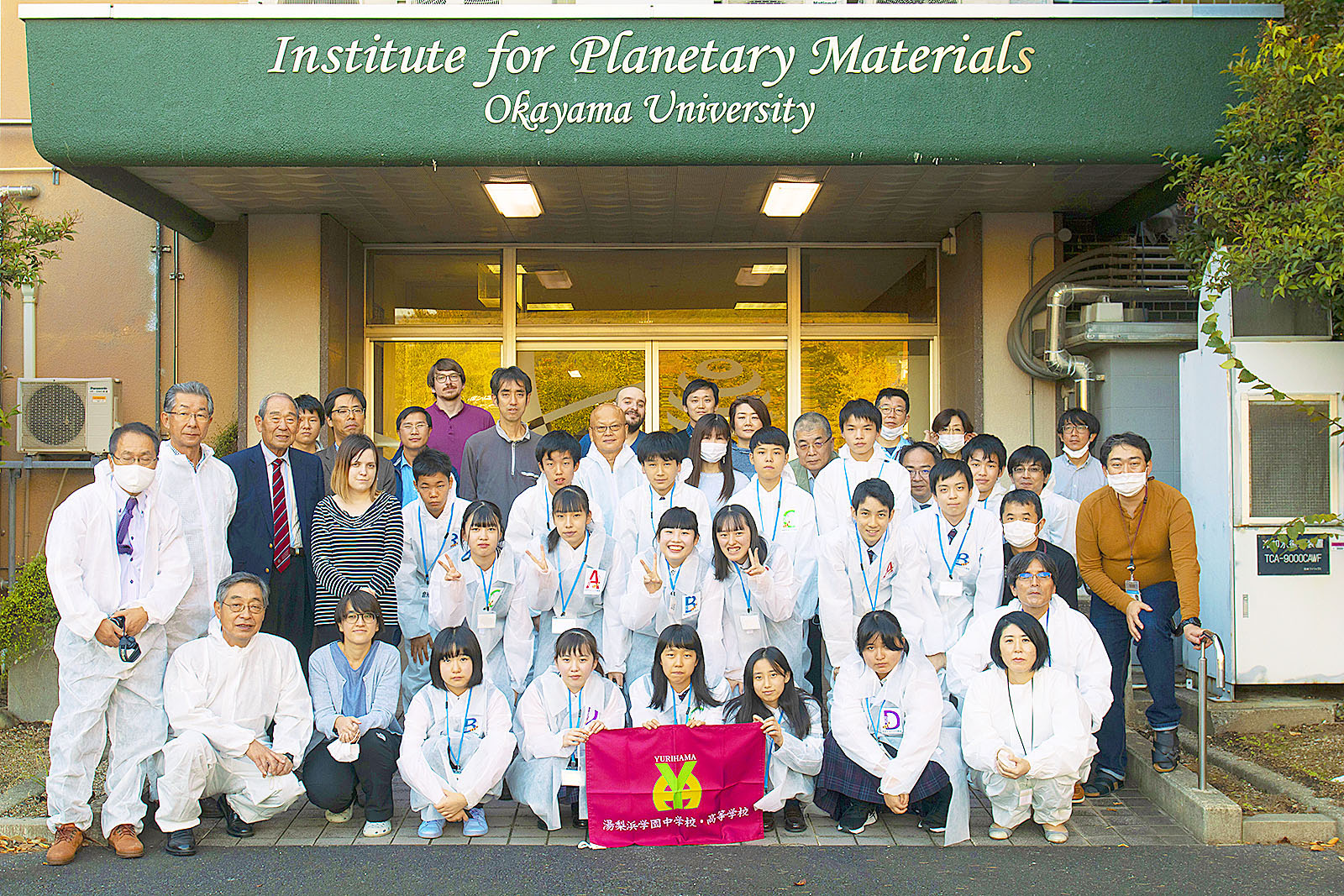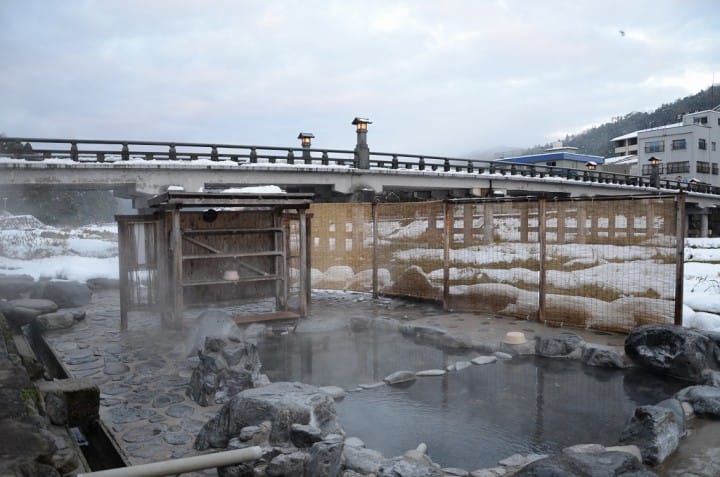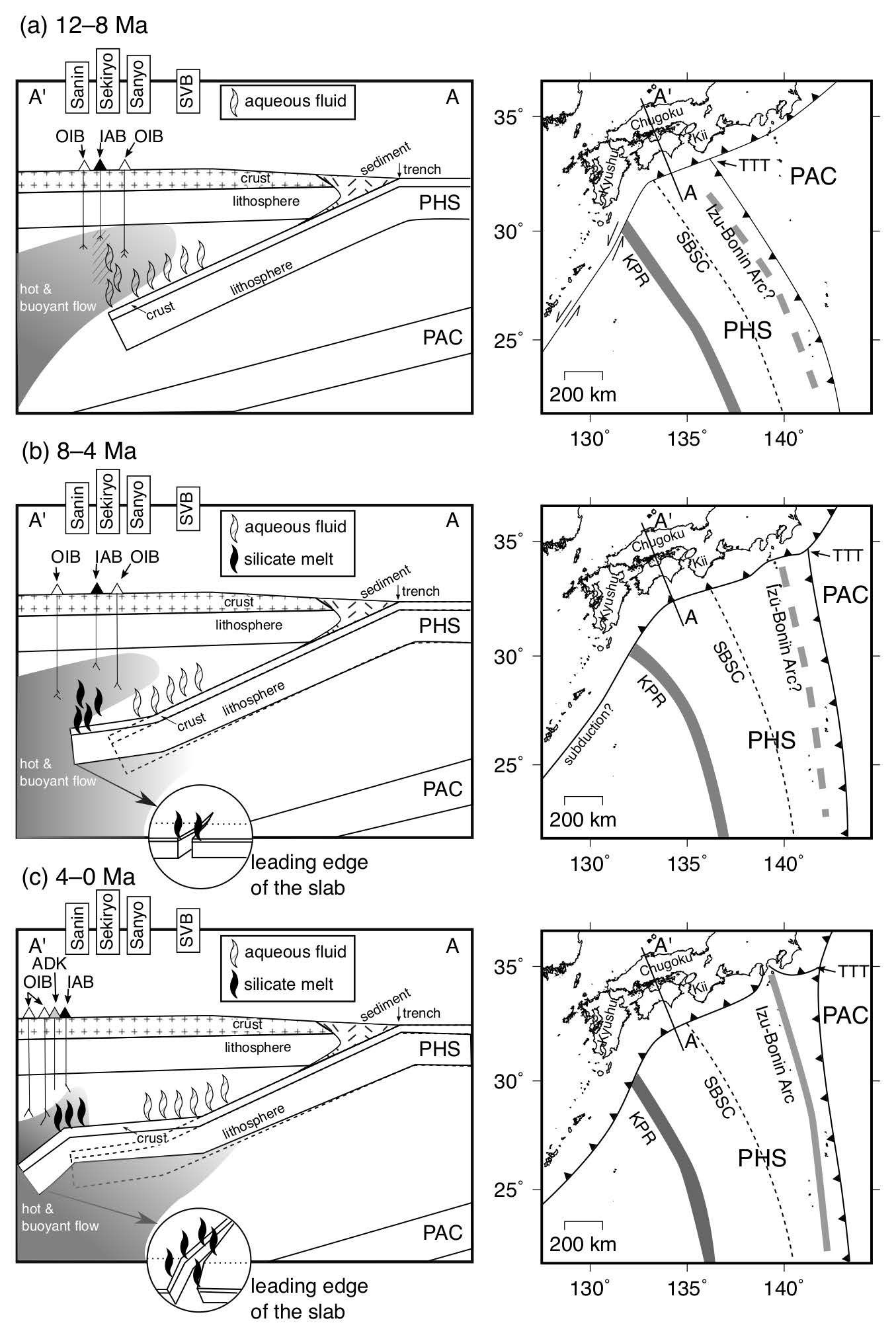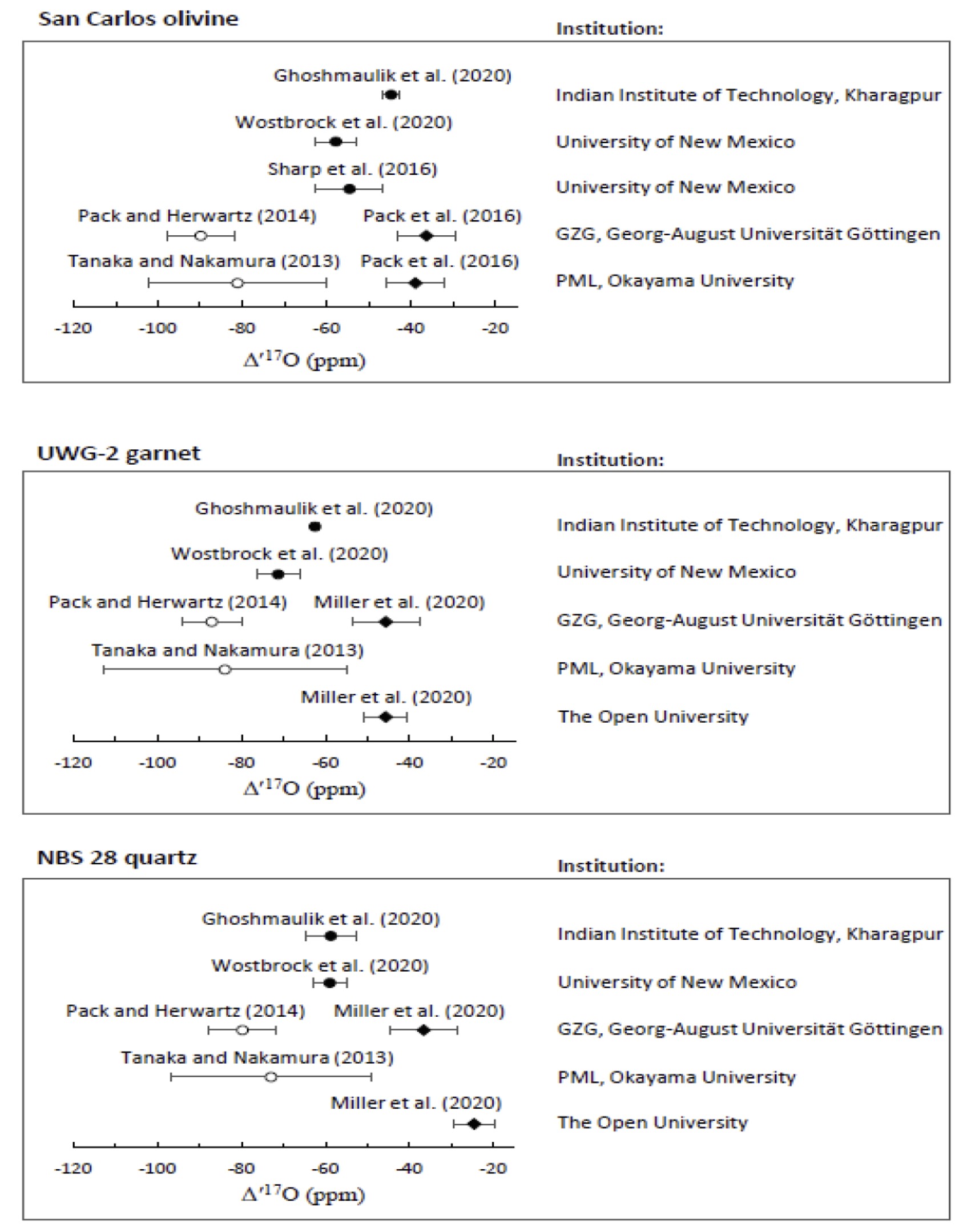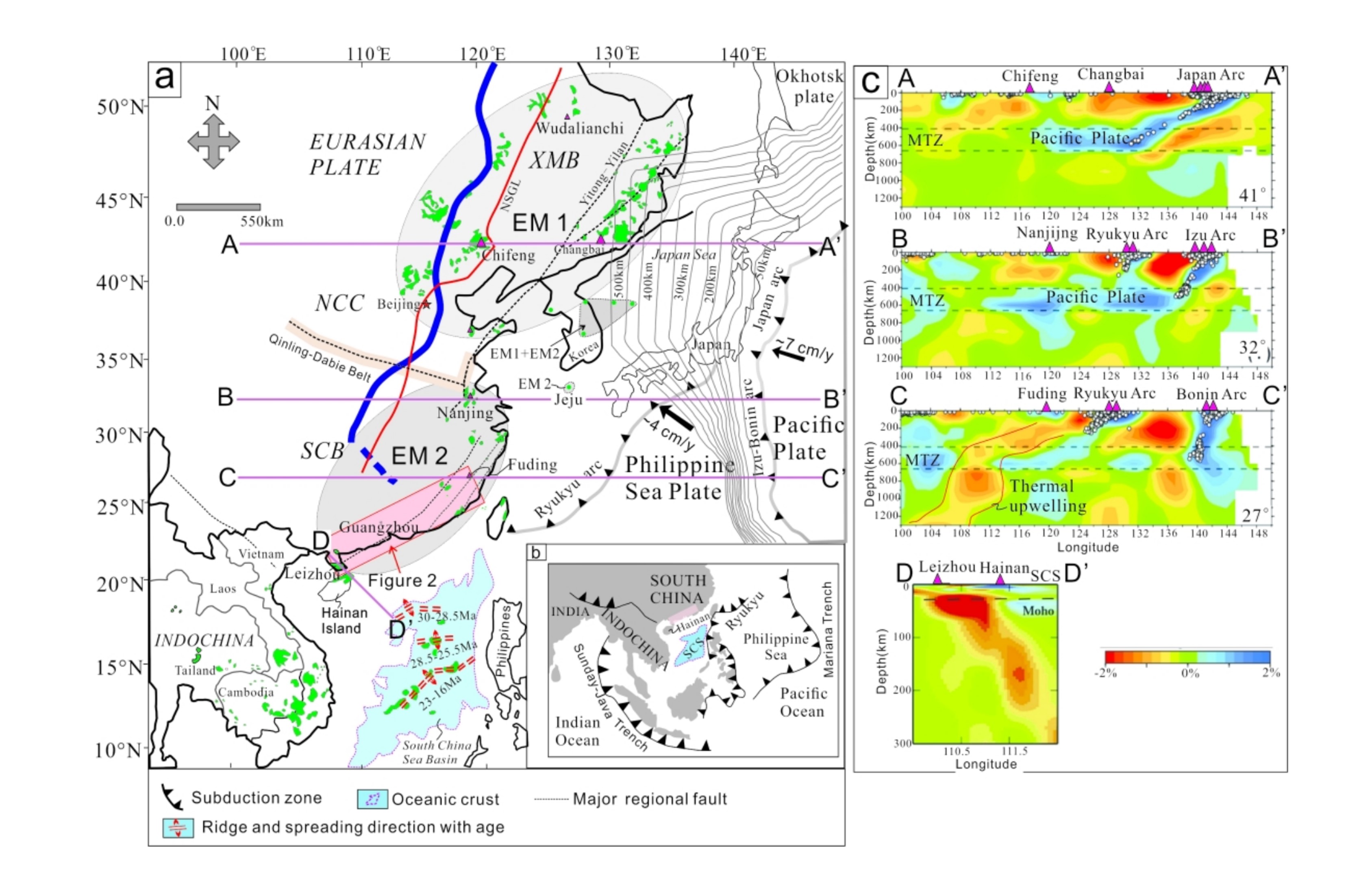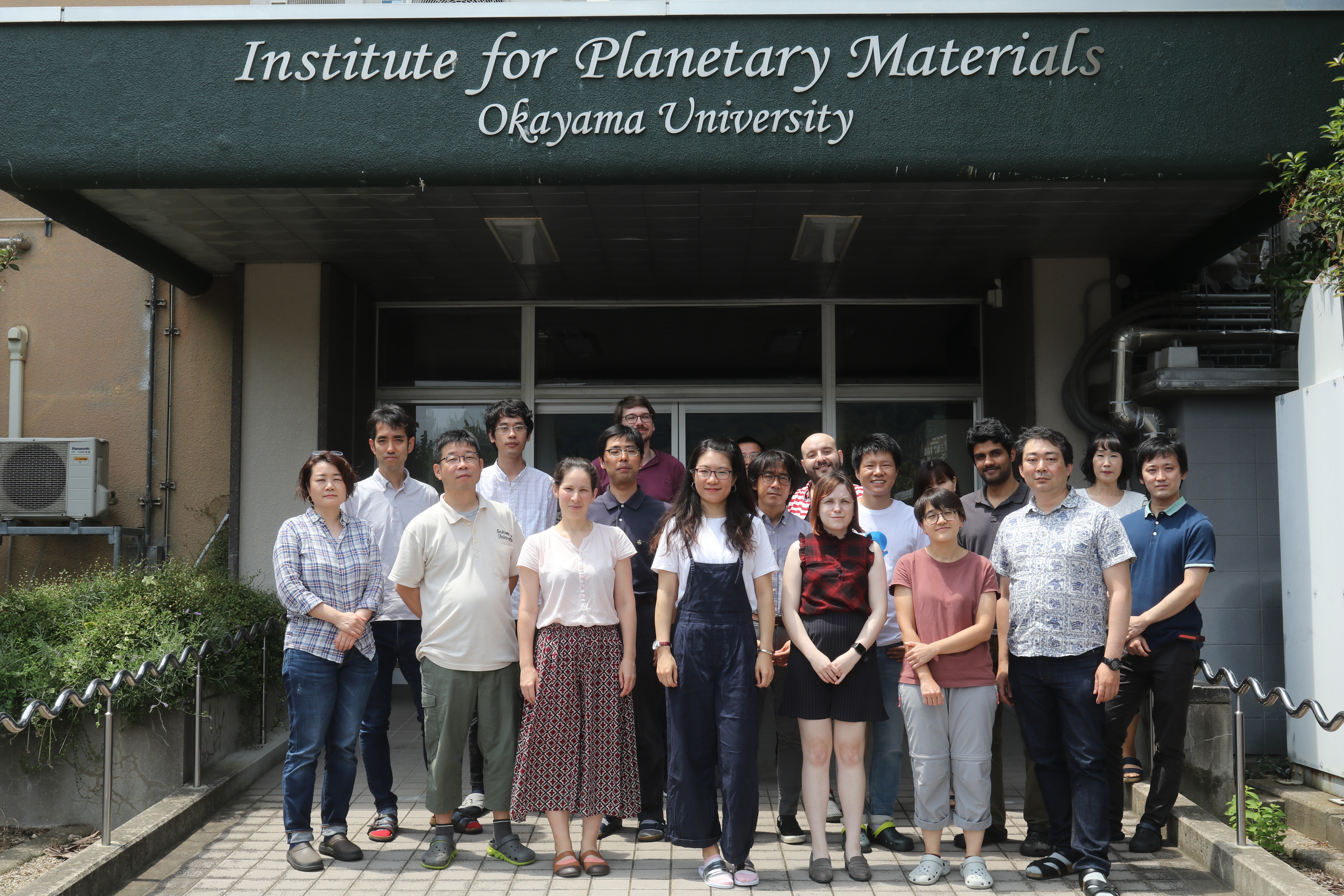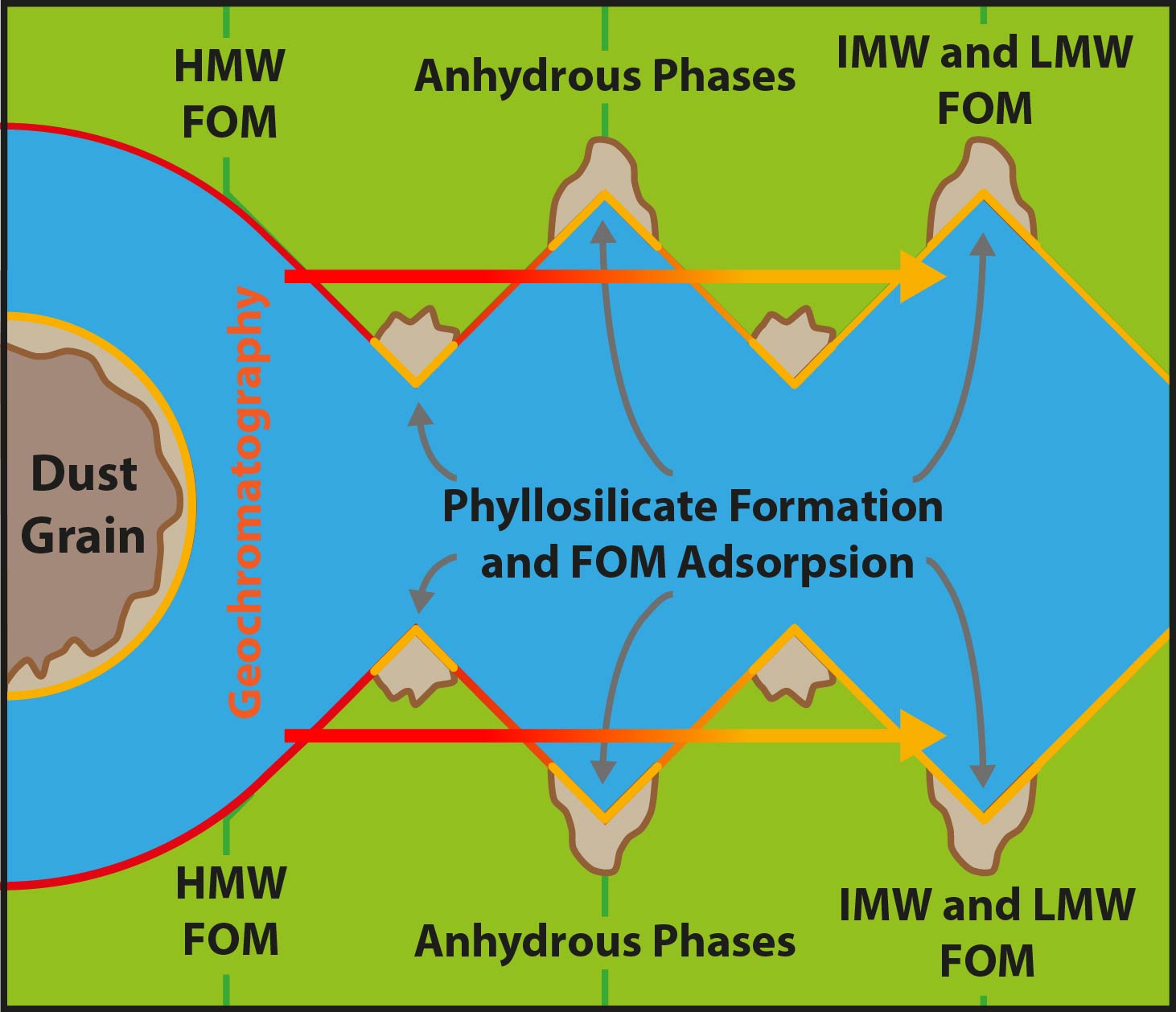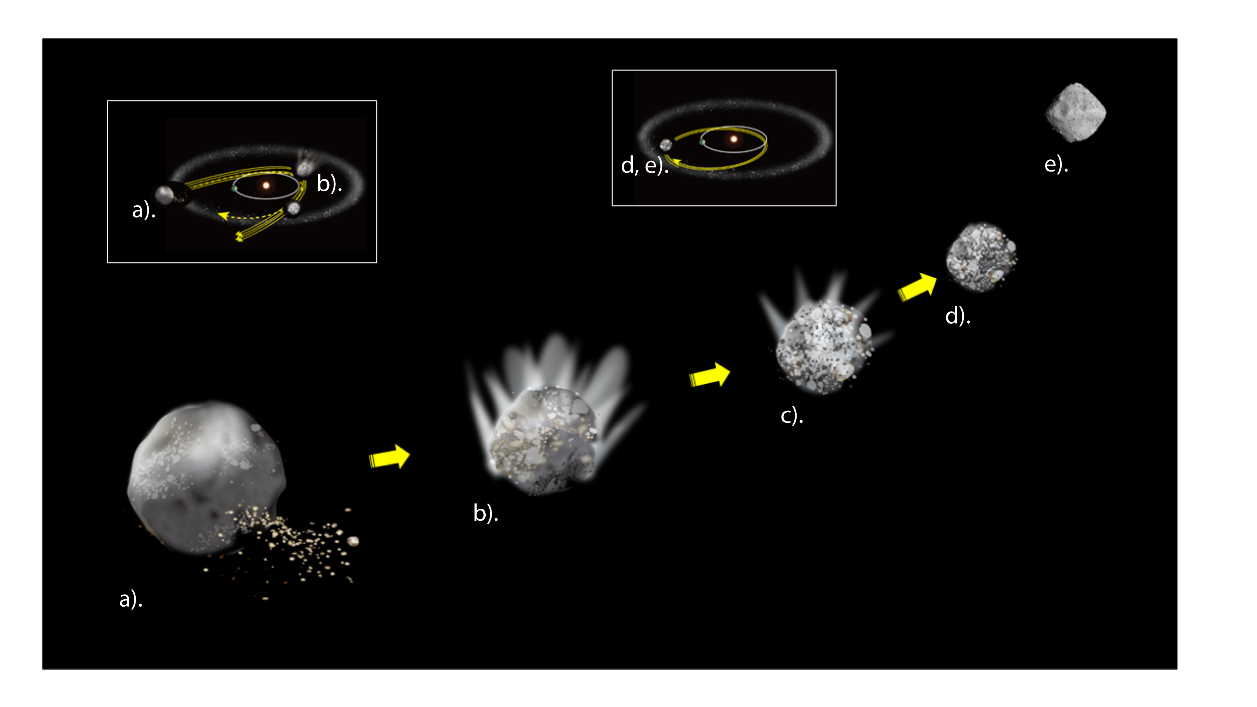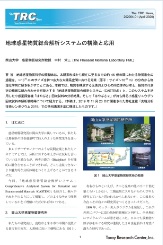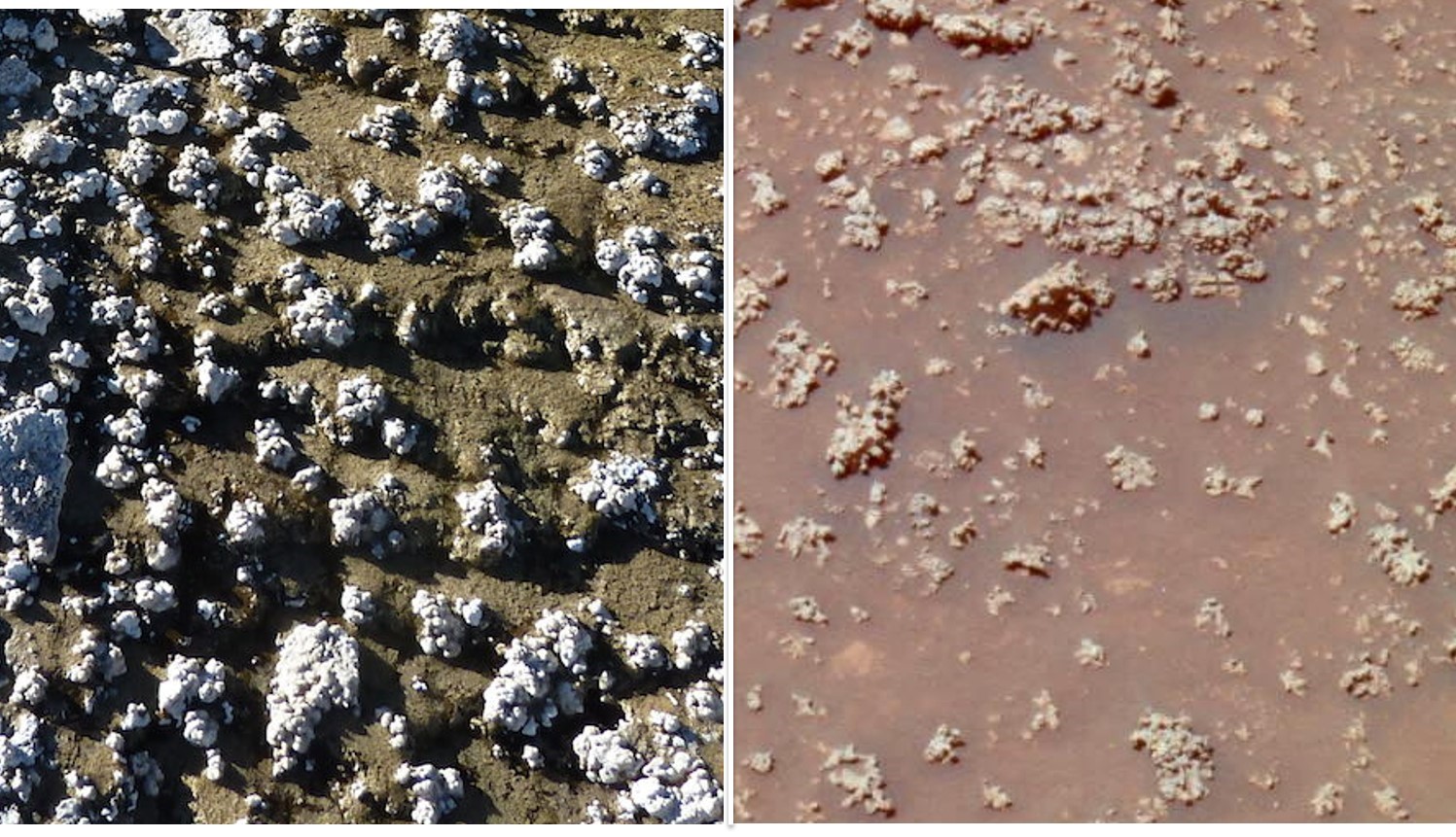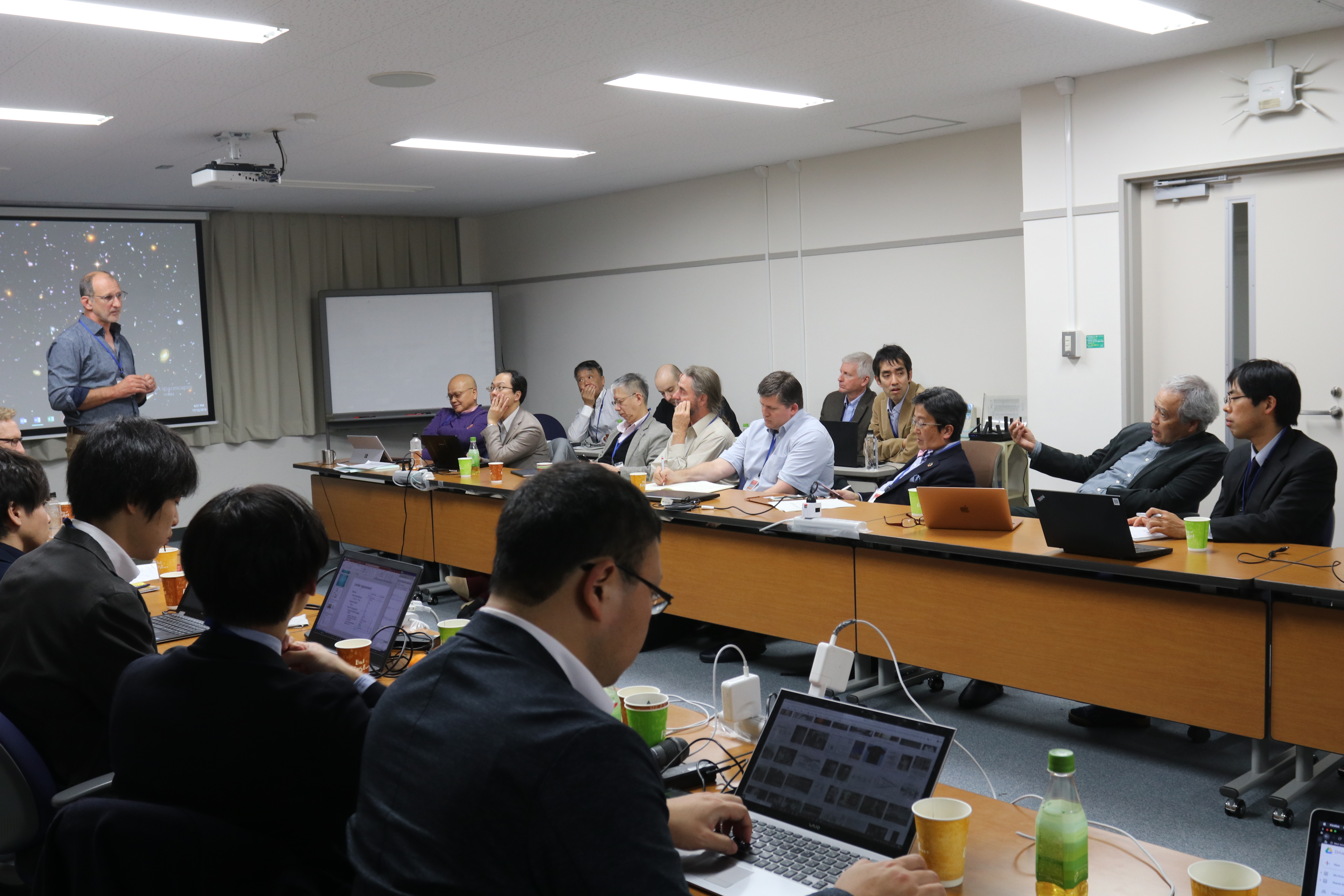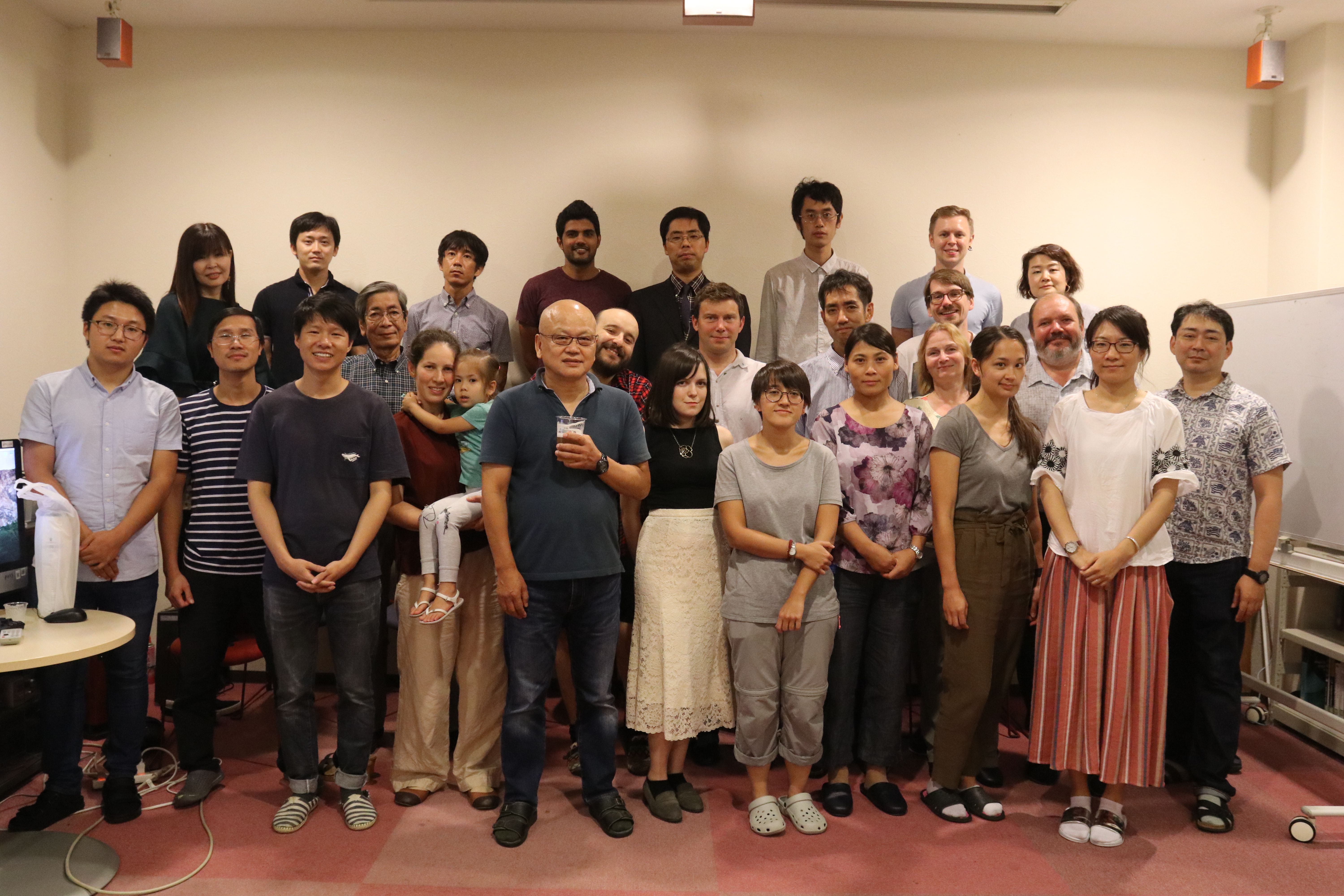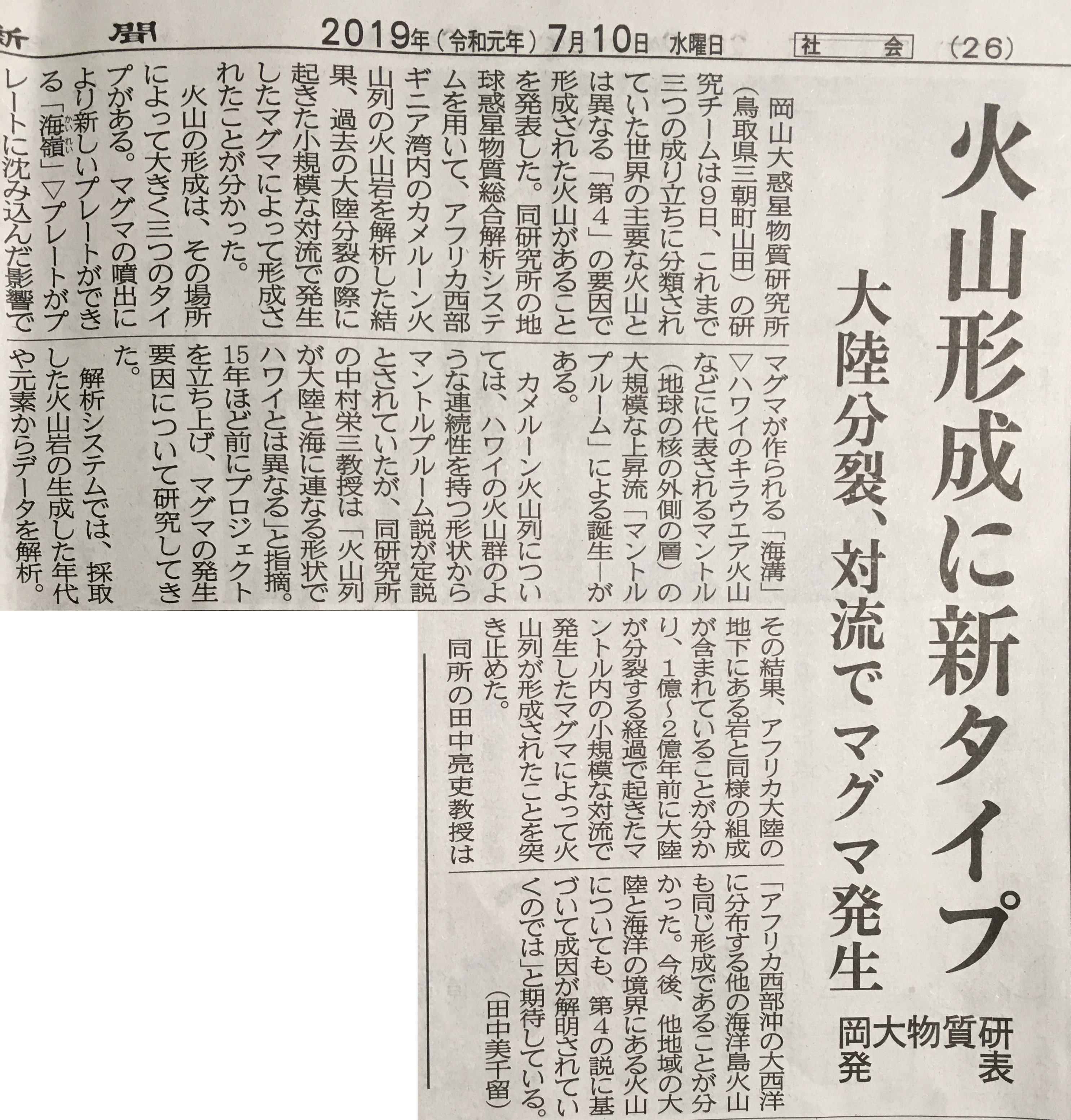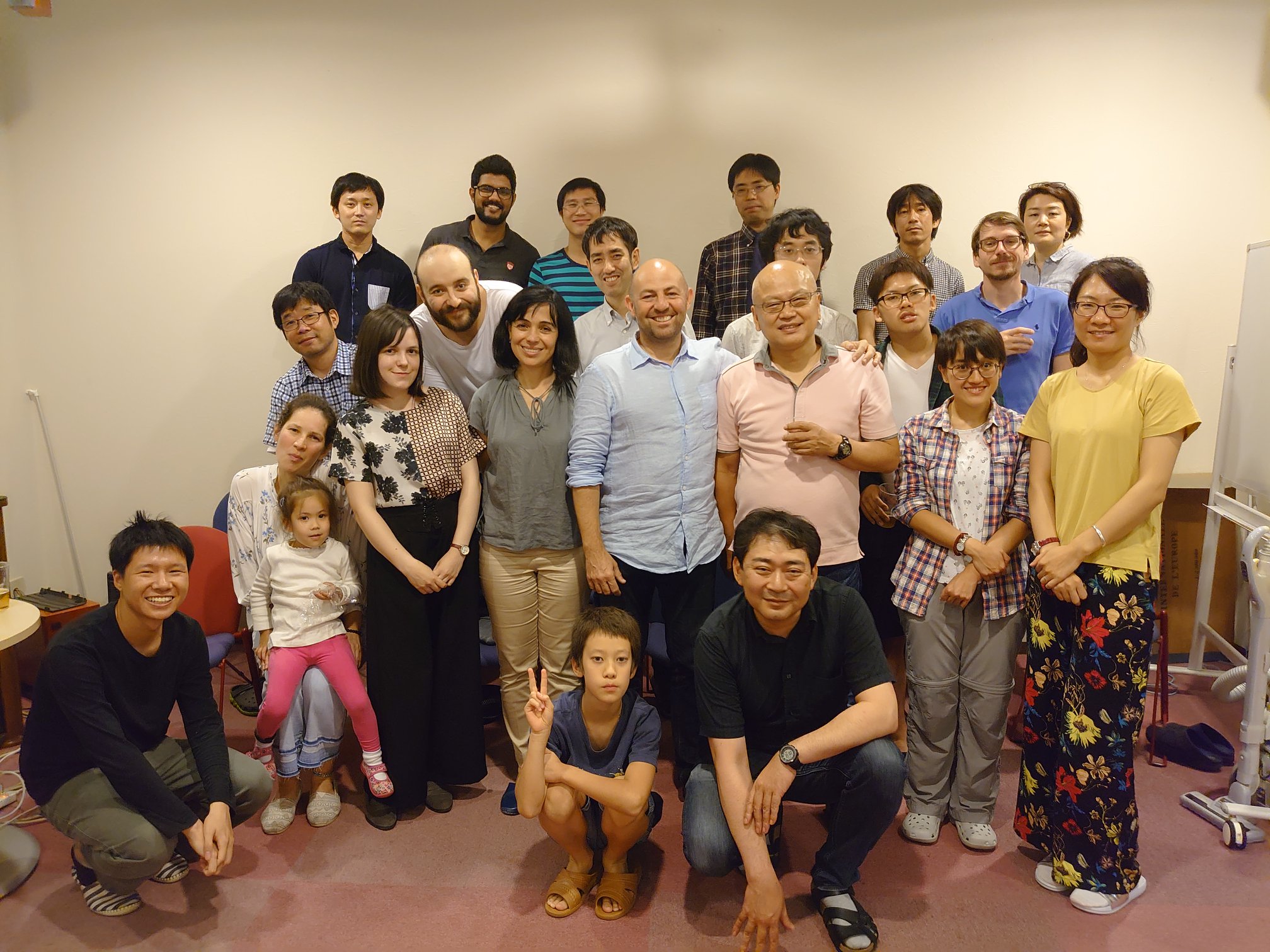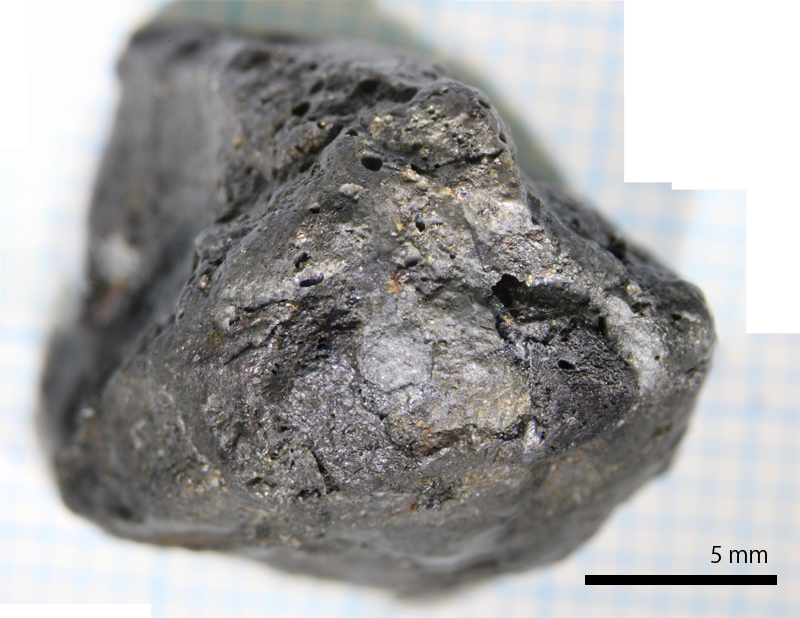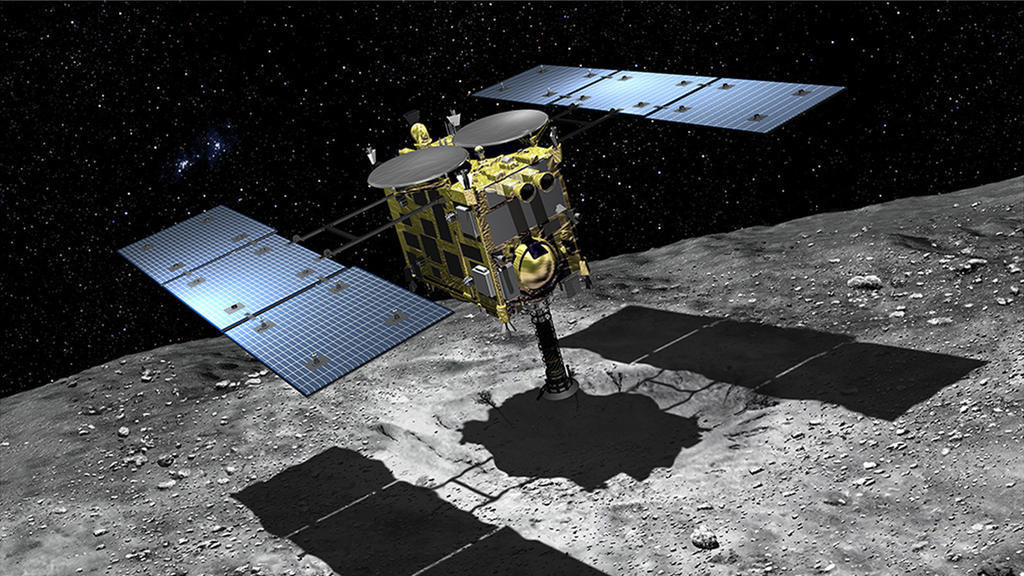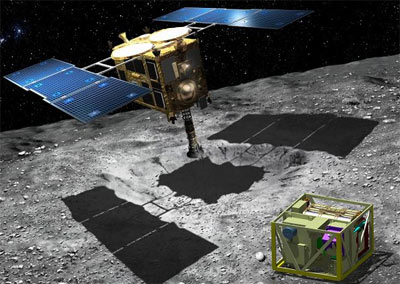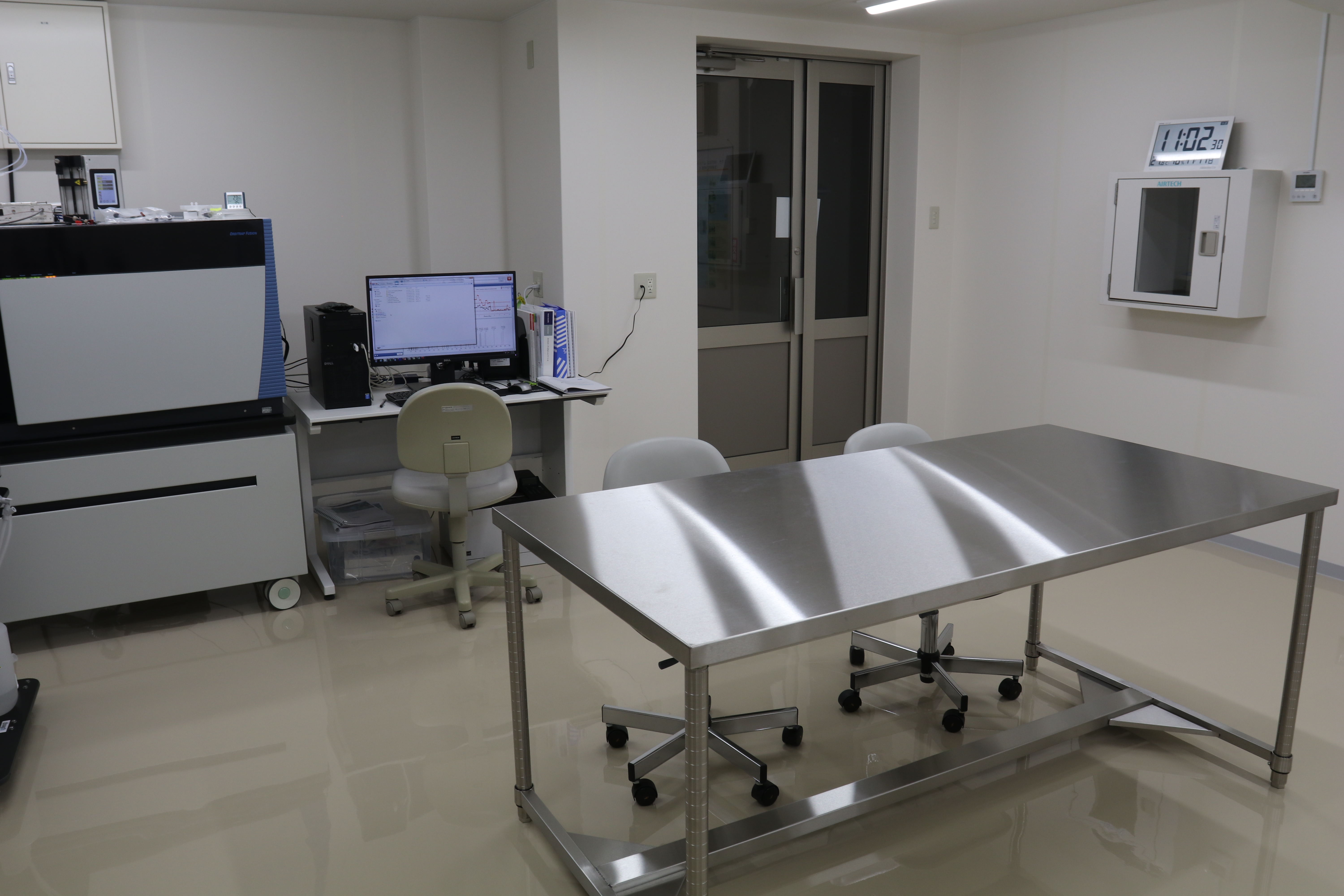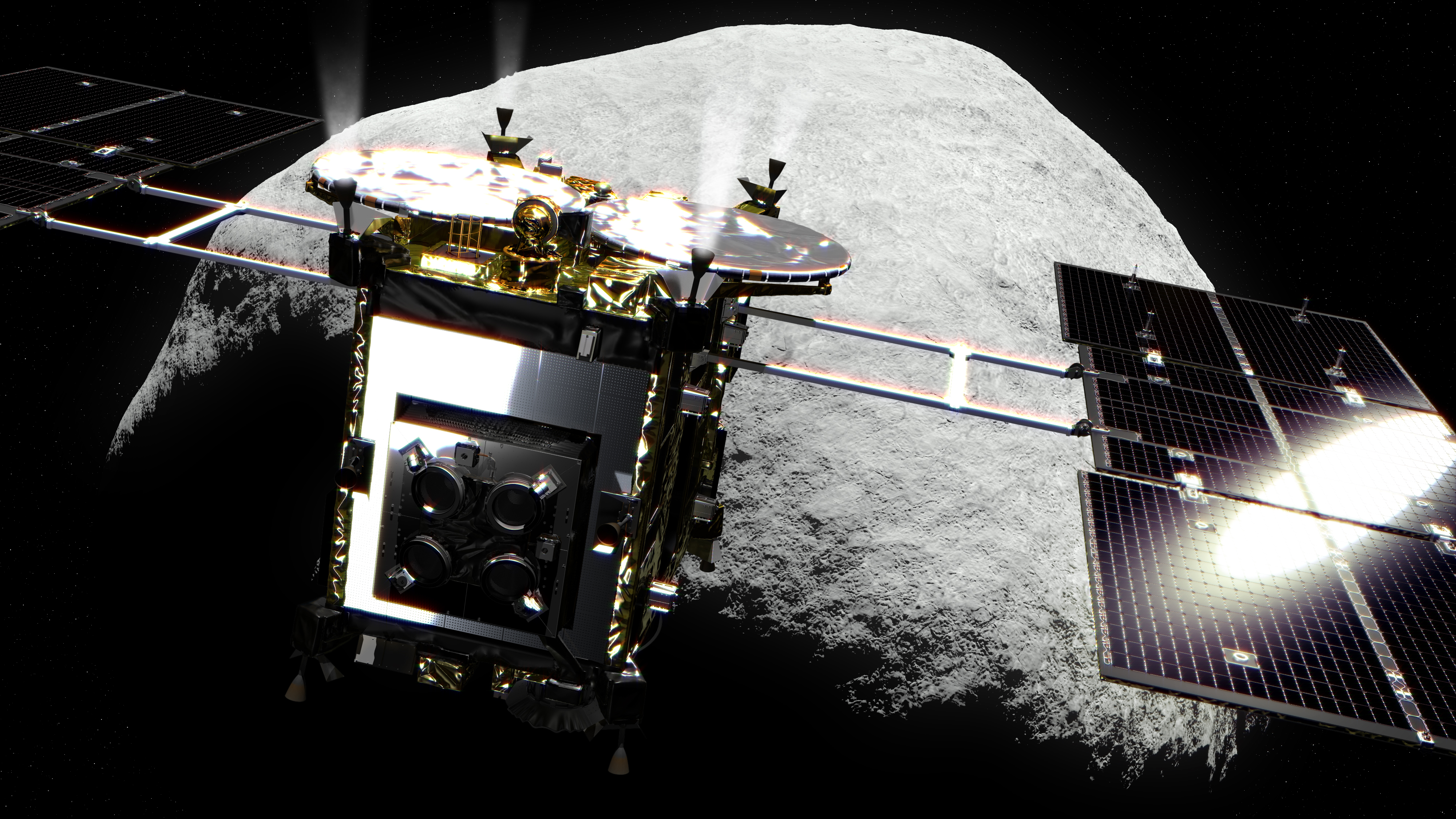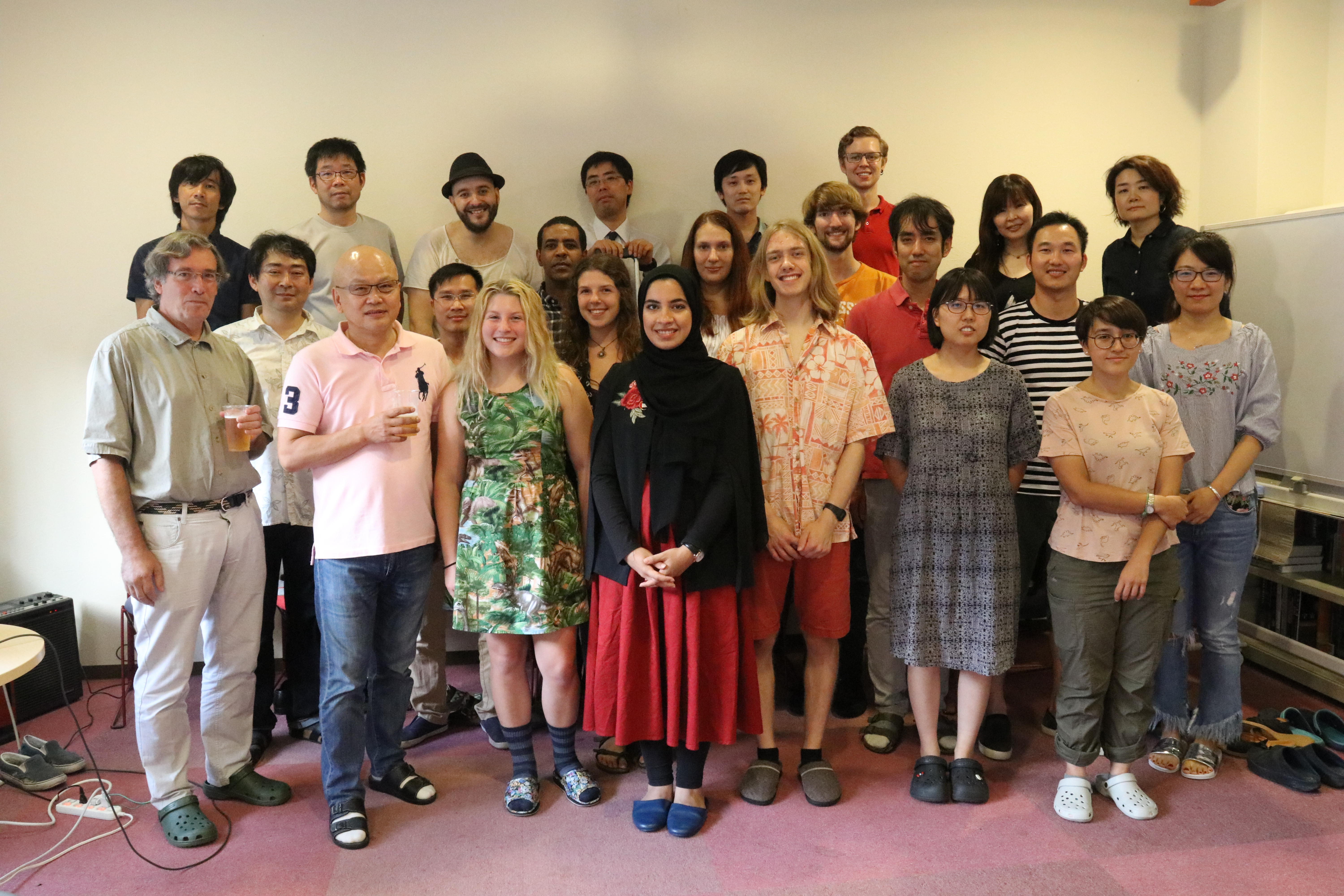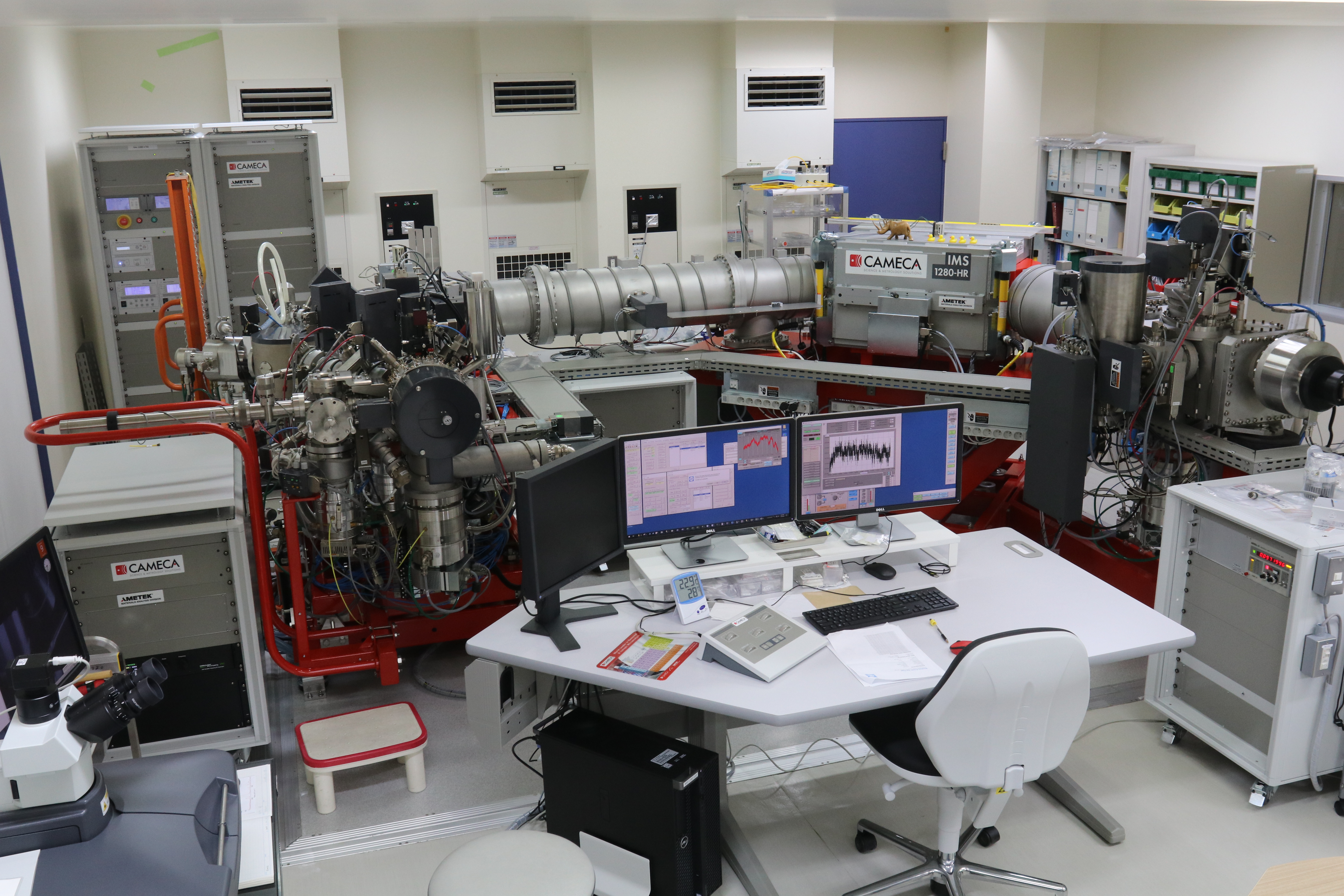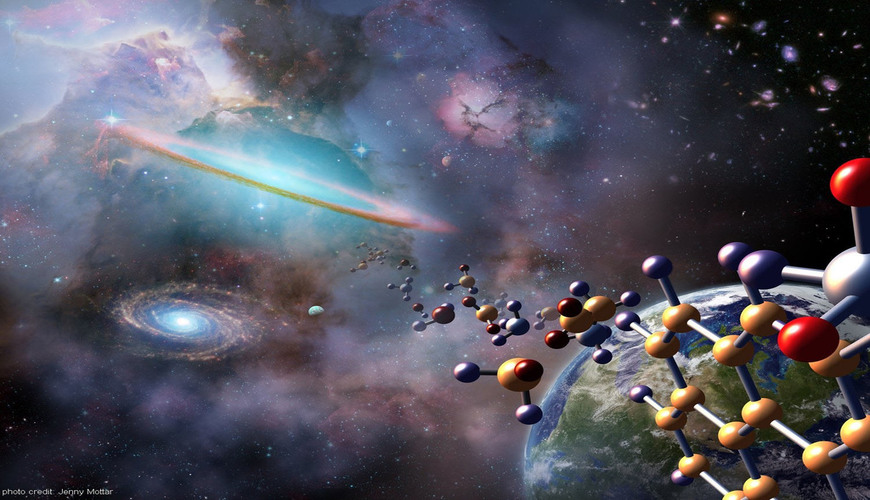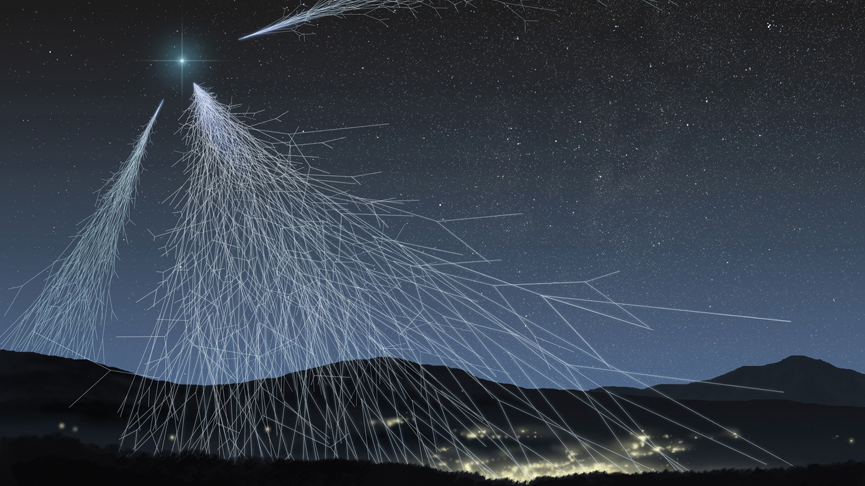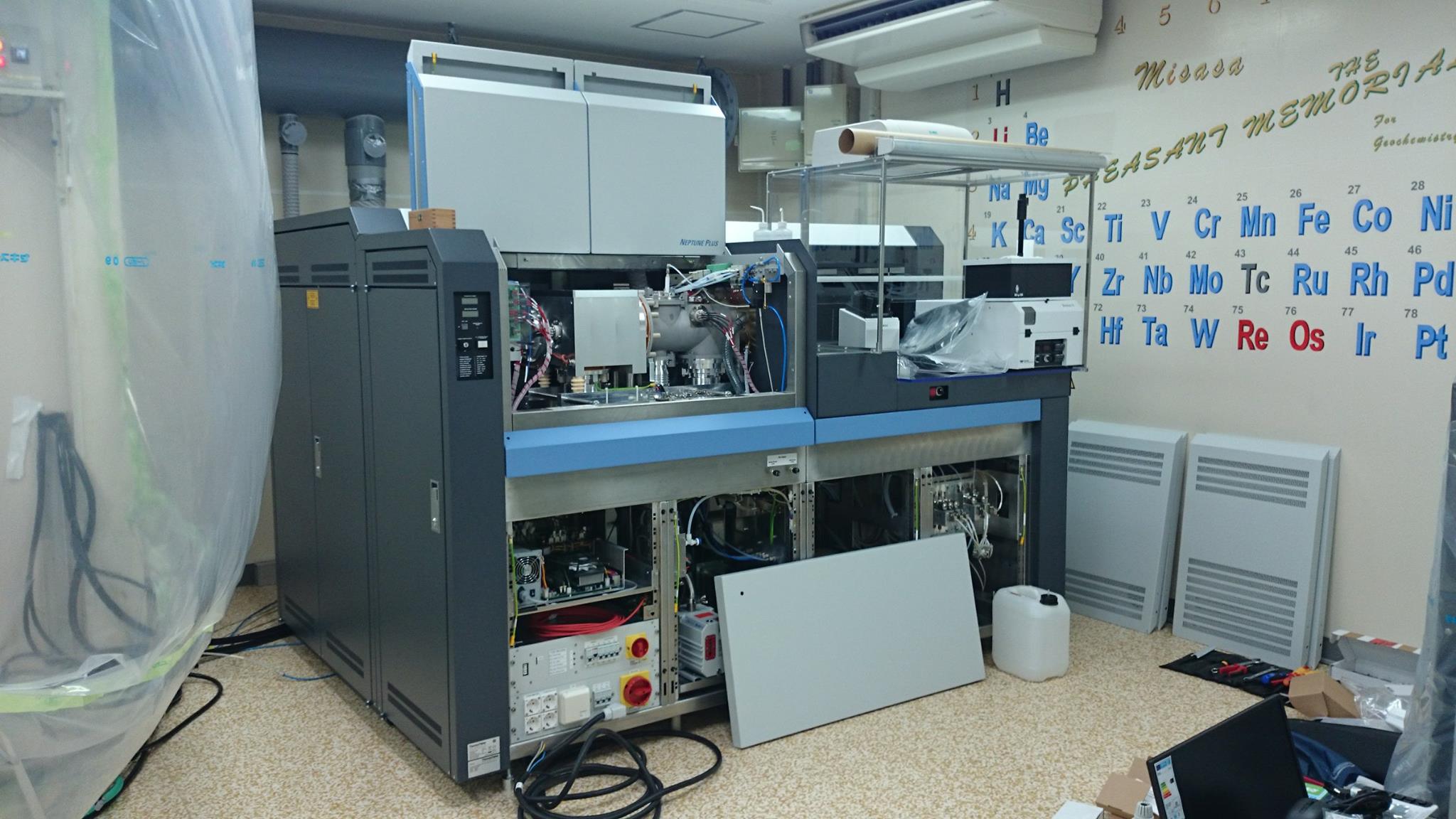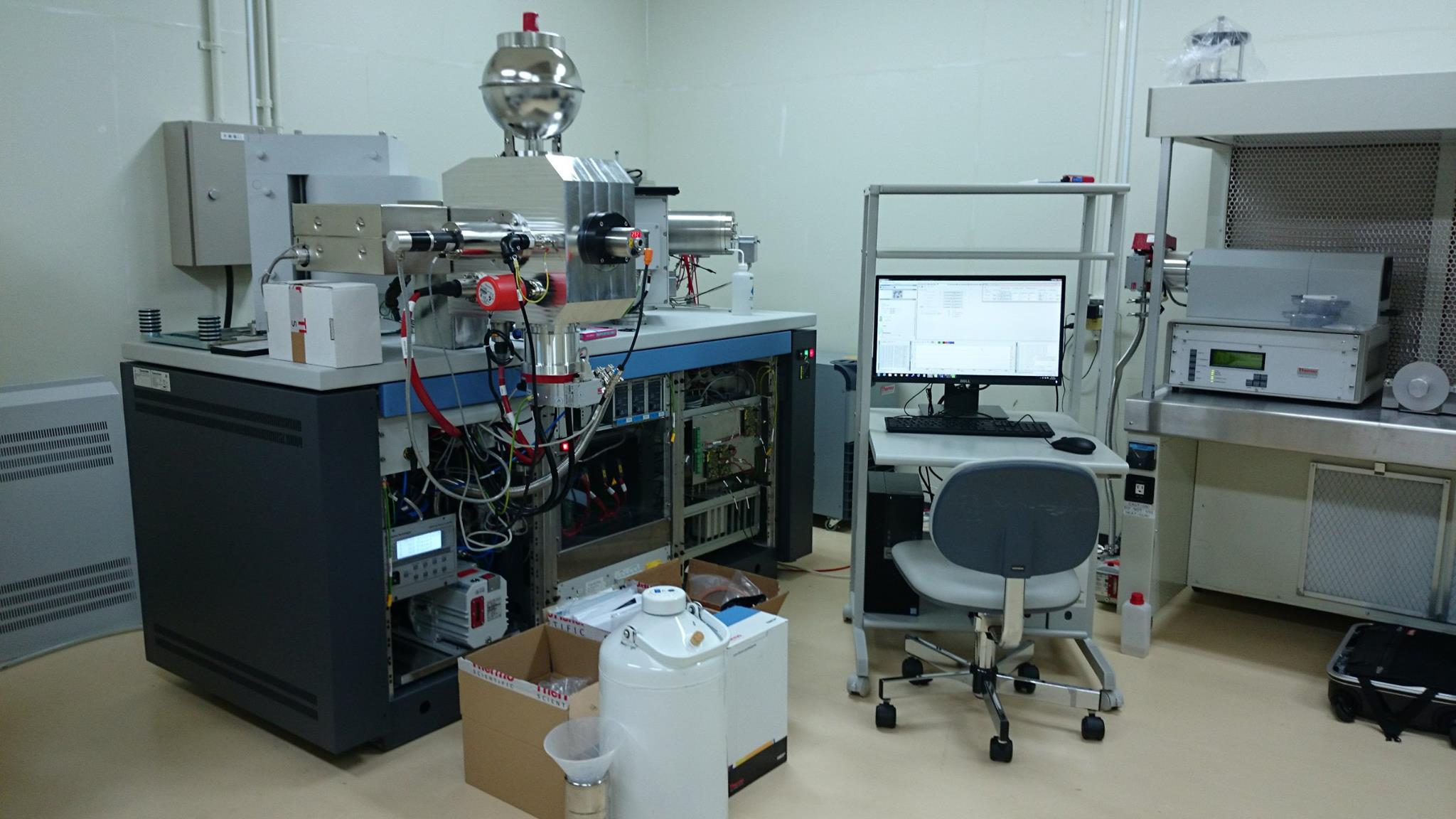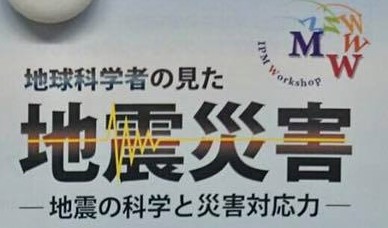News
08/23/2022
08/18/2022
08/19/2021
We demonstrated us to public.12/25/2020
A new student from India has joined us!11/13/2020
A new student from USA has joined us!11/06/2020
PhD 2021 Spring enrollment is open!10/30/2020
湯梨浜学園中学校が倉吉中央ロータリークラブ主催でPMLを訪問しました09/11/2020
Website Updates07/16/2020
Essay: We see the wood from a tree.06/26/2020
PhD 2020 Autumn enrollment is open!06/17/2020
We suggest that the rubble pile asteroid Ryugu formed through comet capture of debris and subsequent ice sublimation.Ryugu may be the remnants of a comet, which lost its ice through sublimation as it transited into and out of the solar system. We will analyze Hayabusa2 samples to evaluate the predictions made about Ryugu in our laboratory.
「はやぶさ 2」のタッチダウン直後に小惑星 表面から巻き上がった破片の色 (アルベド) が表裏で異なることに着目し (https://youtu.be/-3hO58HFa1M), アルベドを説明する有機物存在量を求めました.
望遠鏡と探査機による分光観測から,リュウグウが 数% の有機物を含む炭素質コンドライトに似た小惑 星だと想定されるところ,われわれの解析の結果, 有機物が総重量の六割を占めることが導かれました.
この想定をはるかに超える有機物存在量は,リュウ グウがかつて彗星だったと考える ``三朝モデル'' で説明できます.彗星が太陽近傍を周回する間に氷を 失い,有機物および岩石が濃集され,瓦礫状かつソ ロバン玉状の構造に至ったと考えられます.
三朝モデルは,「はやぶさ 2」が今年末に持ち帰る試料を解 析することによって検証できます.「はやぶさ 2」プロジェ クトにおいて JAXA ・宇宙科学研究所と連携協定を締結した 岡山大学惑星物質研究所は,フェーズ 2 キュレーション施 設として初期総合解析を担当します.
06/05/2020
New faculty member in PML!05/07/2019
A new student form Sri Lanka has joined us!04/11/2019
We suggest that a rubble pile asteroid (Itokawa, Ryugu, or Bennu) was turned from a comet.On the 15th February (2013), a meteorite impacted Chelyabinsk state in Russia (see YouTube). It is referred to as the Chelyabinsk meteorite and was categorized as an ordinary chondrite. It has a genetic relationship to the asteroid Itokawa, which is also composed from fragments of ordinary chondrite.
We have applied our comprehensive analyses to the Chelyabinsk meteorite. ... Read More ... 続きを読む
11/28/2018
Update on International Symposium MISASA VII10/21/2018
A new student from China has joined us!08/20/2018
International Symposium MISASA VII08/10/2018
MISIP 2018 has ended succesfully!04/25/2018
A new student from Turkey has arrived!03/05/2017
MISIP 2018 web has been launched02/28/2017
2018 Beginning major events12/26/2017
2017 Balance and new year resolutions12/15/2017
New PML Website Launched11/17/2017
New Neptune plus has arrived to PML11/17/2017
New Triton plus has arrived to PML08/09/2017
MISIP 2017 has succefully finished07/03/2017
The IPM hold an Earthquake hazards workshop
